All reports
Hemophilia
·
Apr 3, 2025
Qfitlia: A breakthrough in hemophilia treatment
Revolutionizing care for hemophilia A and B patients
Reports are in beta and continually improving. They are not a substitute for professional medical advice. Please contact us to give feedback.

Stay informed
This report was published in our weekly newsletter and on our community page. Follow to stay up to date with the latest news and research relevant to your condition.
Listen to the audio version
Introduction
Hemophilia is a rare and life-threatening bleeding disorder in which the blood does not clot properly. Until recently, managing this condition required frequent intravenous infusions, significantly impacting the quality of life of patients.
However, with the recent FDA approval of Qfitlia (fitusiran), a new and innovative therapy, the landscape of hemophilia treatment is set to change dramatically. Qfitlia is the first therapy in the U.S. designed to treat both hemophilia A and B, with or without inhibitors, offering patients a more effective and convenient option.
Understanding Qfitlia: a game-changer in hemophilia treatment
What is Qfitlia?
Qfitlia is a novel subcutaneous therapy that works by lowering antithrombin, a protein that inhibits blood clotting. This unique mechanism enhances the body’s ability to form clots, reducing the risk of spontaneous and excessive bleeding. Unlike traditional treatments requiring multiple weekly infusions, Qfitlia is administered once every two months, making it a more convenient option for patients.
How does it work?
Traditional treatments focus on replacing missing clotting factors, while Qfitlia works by adjusting the body’s natural anticoagulation system.
By targeting antithrombin, Qfitlia helps restore the body's clotting ability, even in patients who develop inhibitors to conventional factor replacement therapies.
Clinical benefits and efficacy
The FDA approval of Qfitlia is backed by strong clinical evidence. Studies have demonstrated significant benefits, including:
Up to 90% reduction in annualized bleeding rates compared to on-demand treatments.
Effective for both hemophilia A and B patients, regardless of whether they have inhibitors.
Patients reported an improved quality of life due to fewer bleeding episodes and a reduced need for medical intervention.
Safety and considerations
As with any medical treatment, Qfitlia comes with certain risks. Patients should be aware of the following:
Common side effects: Mild infections (such as colds), mild liver enzyme elevations, and injection-site reactions.
Serious risks: The FDA has issued a boxed warning for thrombotic events (blood clots) and gallbladder disease, with some patients requiring gallbladder removal.
Regular monitoring required: Doctors recommend routine liver function tests to ensure patient safety.
Why does Qfitlia stand out?
Qfitlia represents a paradigm shift in hemophilia treatment, offering:
A simplified treatment schedule (once every two months instead of multiple weekly infusions).
A universal solution for patients with both hemophilia A and B, including those with inhibitors.
Improved freedom and quality of life, with fewer bleeding episodes and hospital visits.
What experts are saying?
Jeff Schaffnit, a prominent hemophilia advocate, called Qfitlia’s approval a “monumental moment” for the hemophilia community, emphasizing its potential to revolutionize patient care.
The FDA approval is based on robust clinical trials, reinforcing confidence in the treatment's efficacy and safety.
Next steps for patients
If you or a loved one has hemophilia, here’s what you can do:
Consult your doctor to see if Qfitlia is a suitable treatment option for you.
Discuss insurance and access options, as coverage for new therapies can vary.
Stay informed about upcoming research and advancements in hemophilia care.
Conclusion
The approval of Qfitlia marks a significant milestone in hemophilia treatment, offering patients a more effective, convenient, and life-changing therapy. Unlike traditional therapies that require frequent infusions, Qfitlia provides a long dosing interval of once every two months, offering patients greater convenience and fewer disruptions to their daily lives.
This novel treatment works by targeting antithrombin, a key protein involved in the clotting process, and has been proven to significantly reduce bleeding rates by up to 90%, especially in patients with both hemophilia A and B, with or without inhibitors.
With its unique mechanism of action, Qfitlia helps restore the body's clotting ability and reduces the frequency of spontaneous bleeds, improving the overall quality of life for individuals affected by this rare and often debilitating condition. Its success in clinical trials has paved the way for a new era in hemophilia care, where patients no longer have to endure the burden of frequent and painful infusions. The therapy has been shown to increase patient confidence and empower them to engage more actively in everyday activities and social interactions.
Qfitlia stands as a beacon of hope for hemophilia patients worldwide, offering not just a treatment but a life-changing option that promises to redefine what is possible in managing this rare disorder. Its approval is more than a medical breakthrough—it is a testament to the ongoing progress in rare disease treatments and the continuous pursuit of better, more patient-friendly therapies.
Stay up-to-date:
AllMyHealth brings together the latest research, clinical trial updates, and community events from all organisations and sources across each rare disease space - so you don’t have to. Stay informed. Stay empowered.
Sign up for our newsletter(s): https://www.allmyhealth.io/our-communities
Discuss sponsorship opportunities: info@allmyhealth.io
To explore more about the therapy and available resources, please visit: https://www.news.sanofi.us

Multiple myeloma
·
Navigating clinical trials in multiple myeloma
Apr 2, 2025

Gene and cell therapy
·
An introduction to cell therapy
Mar 25, 2025

Gene and cell therapy
·
An introduction to gene therapy
Mar 19, 2025
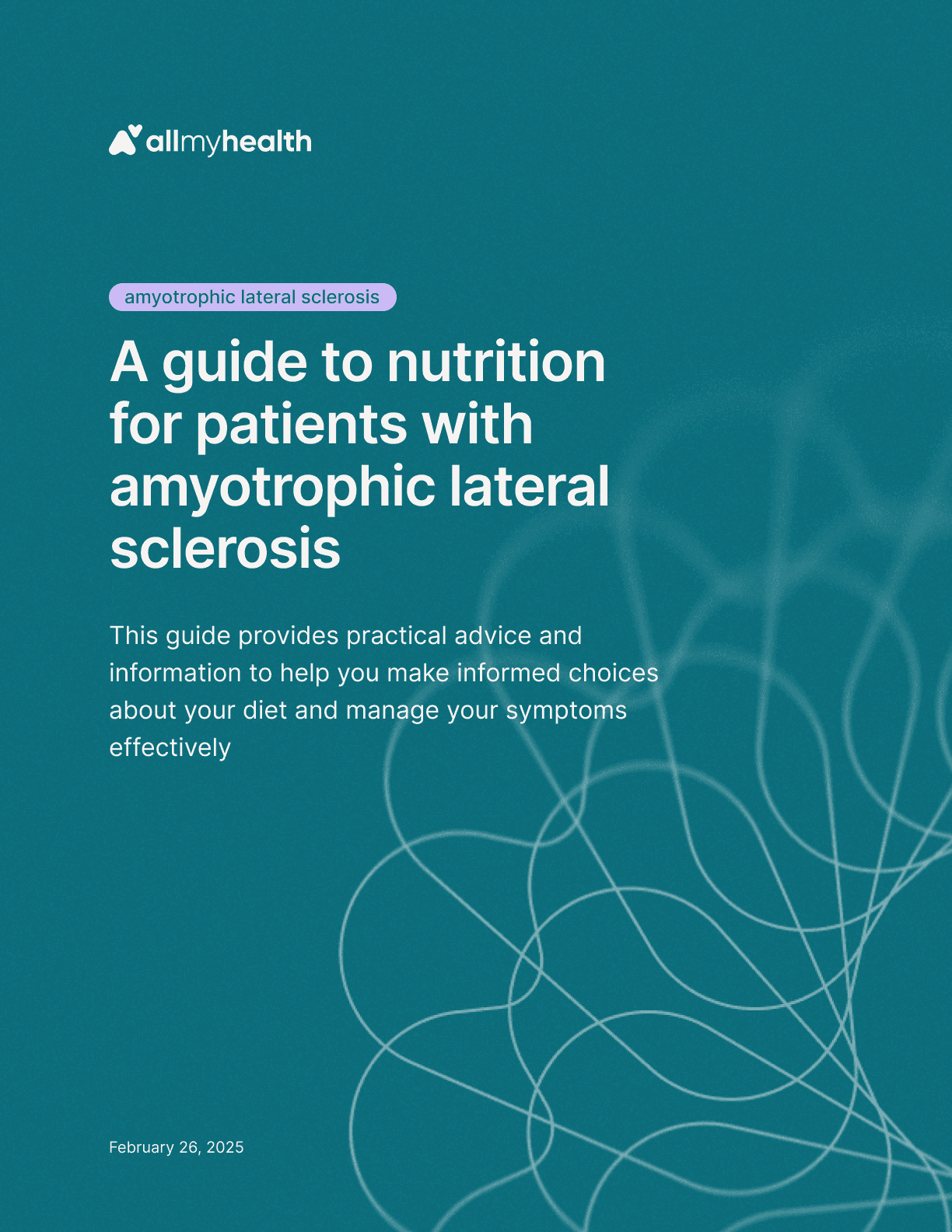
Amyotrophic lateral sclerosis
·
A guide to nutrition for patients with amyotrophic lateral sclerosis
Feb 26, 2025
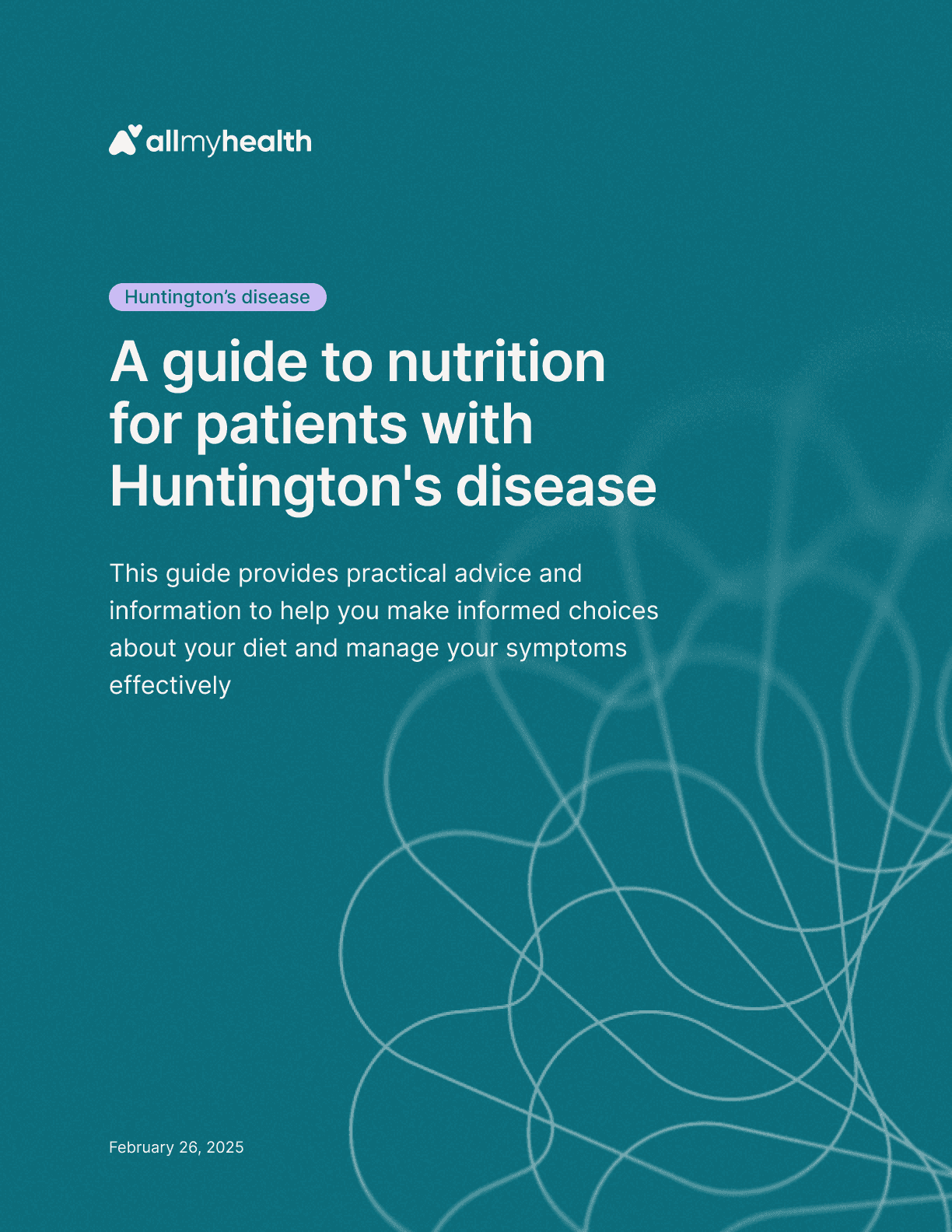
Huntington's disease
·
A guide to nutrition for patients with Huntington's disease
Feb 26, 2025

Spinal muscular atrophy
·
A guide to nutrition for patients with spinal muscular atrophy
Feb 26, 2025
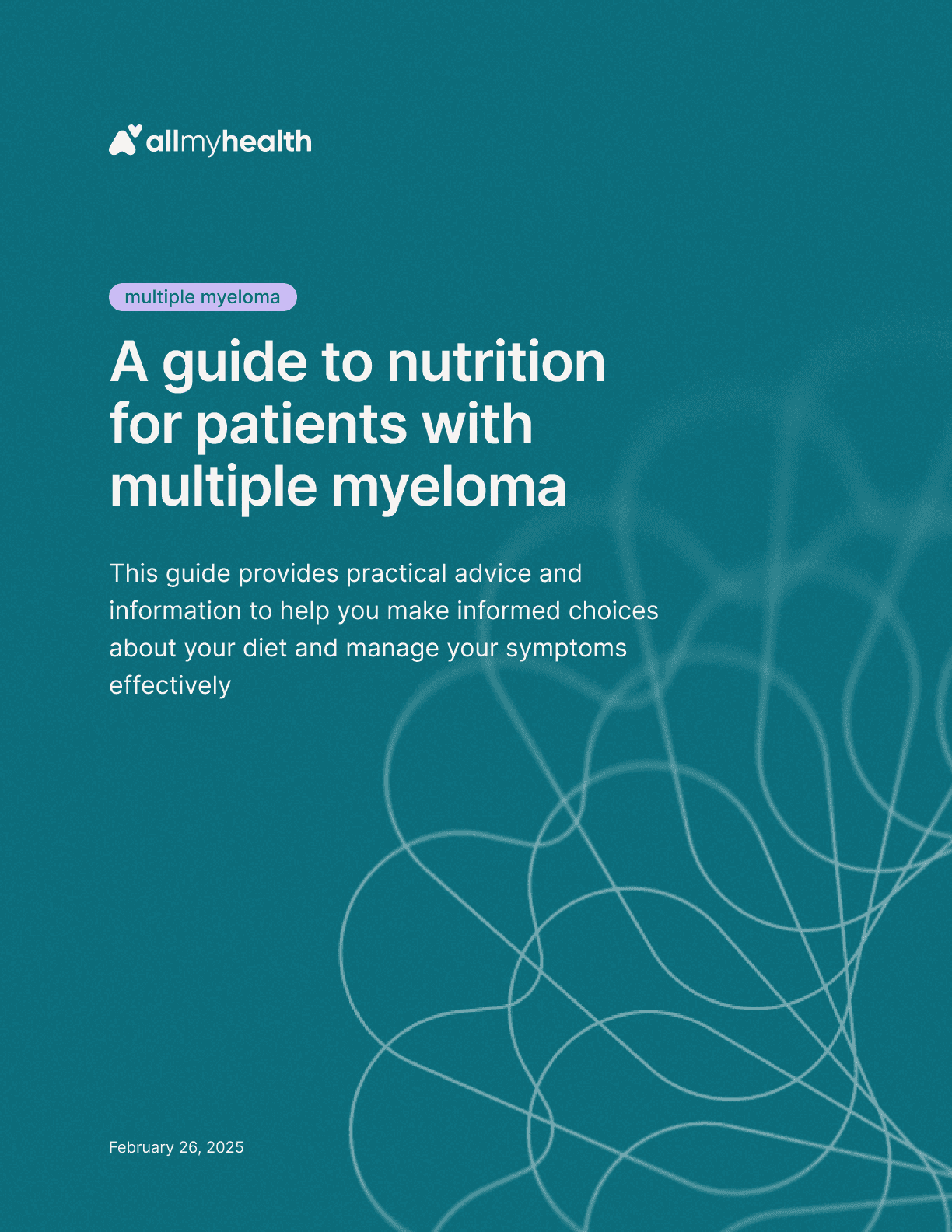
Multiple myeloma
·
A guide to nutrition for patients with multiple myeloma
Feb 26, 2025
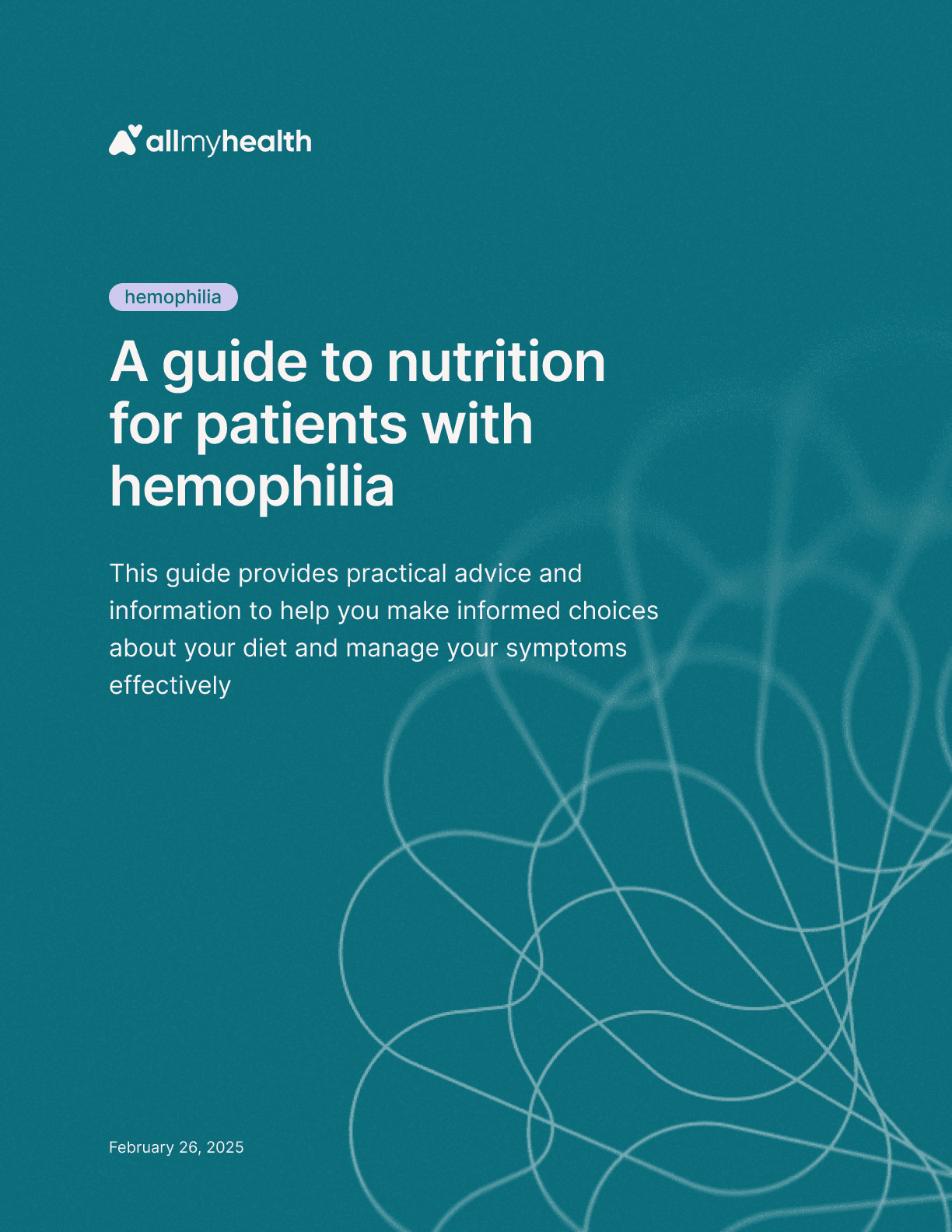
Hemophilia
·
A guide to nutrition for patients with hemophilia
Feb 26, 2025
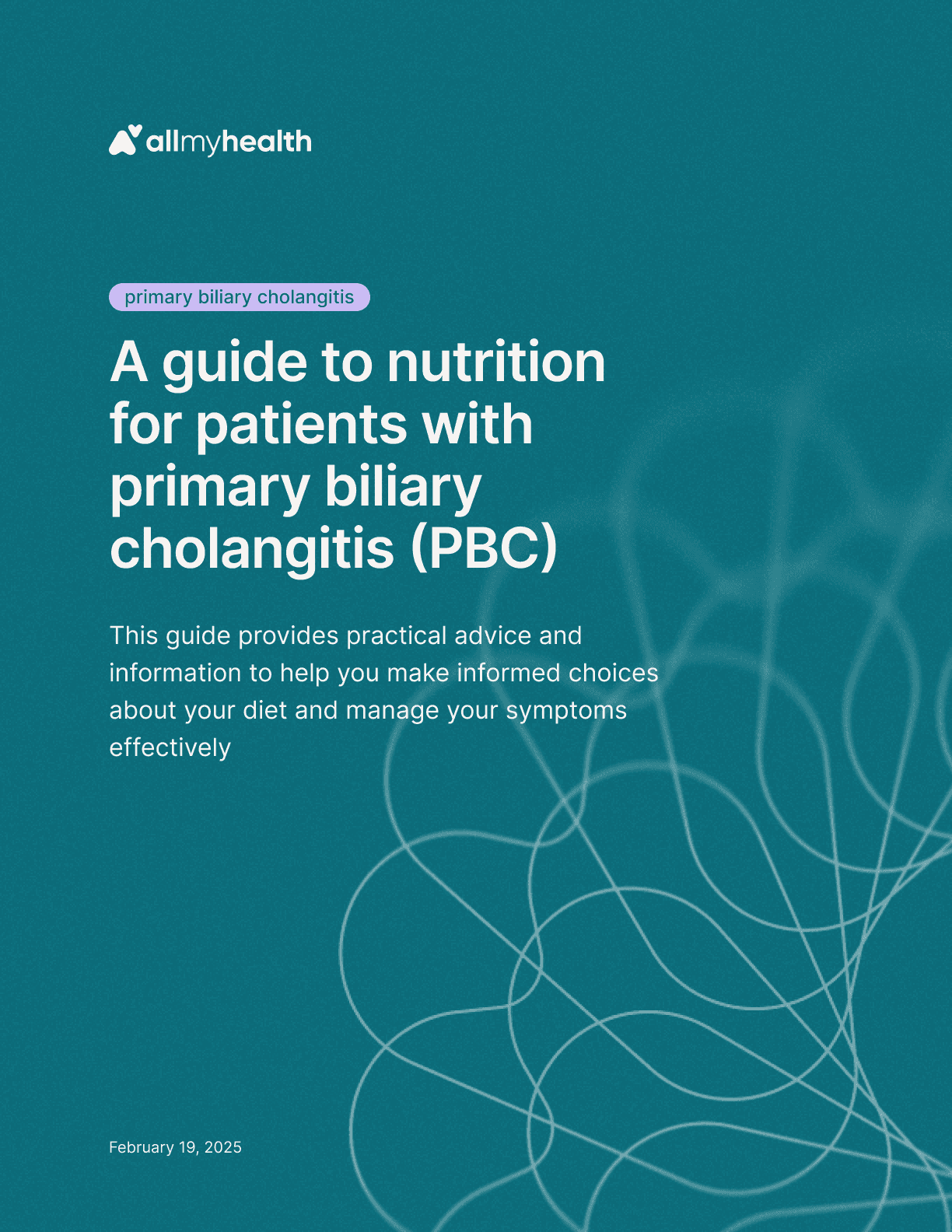
Primary biliary cholangitis
·
A guide to nutrition for patients with primary biliary cholangitis (PBC)
Feb 19, 2025
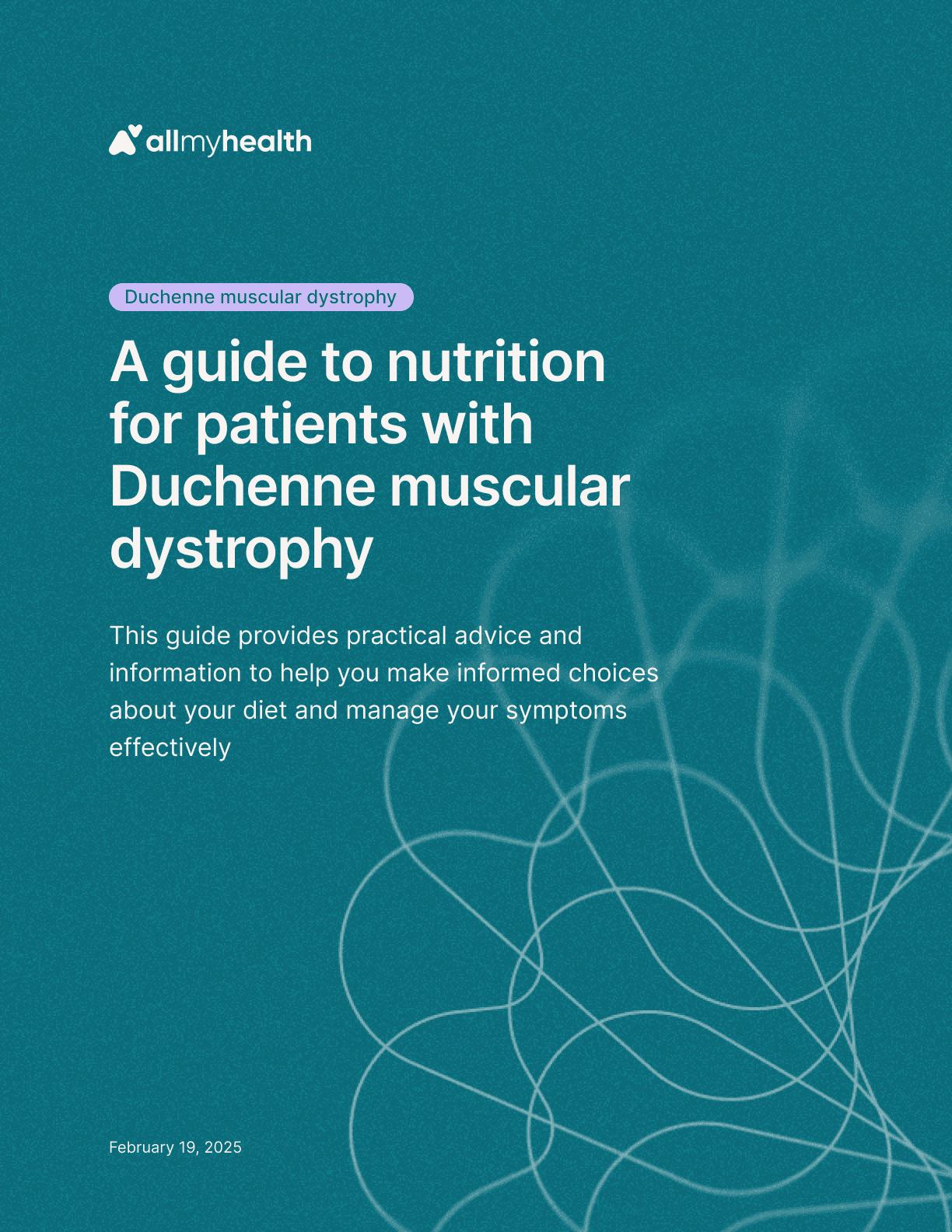
Duchenne muscular dystrophy
·
A guide to nutrition for patients with Duchenne muscular dystrophy
Feb 19, 2025
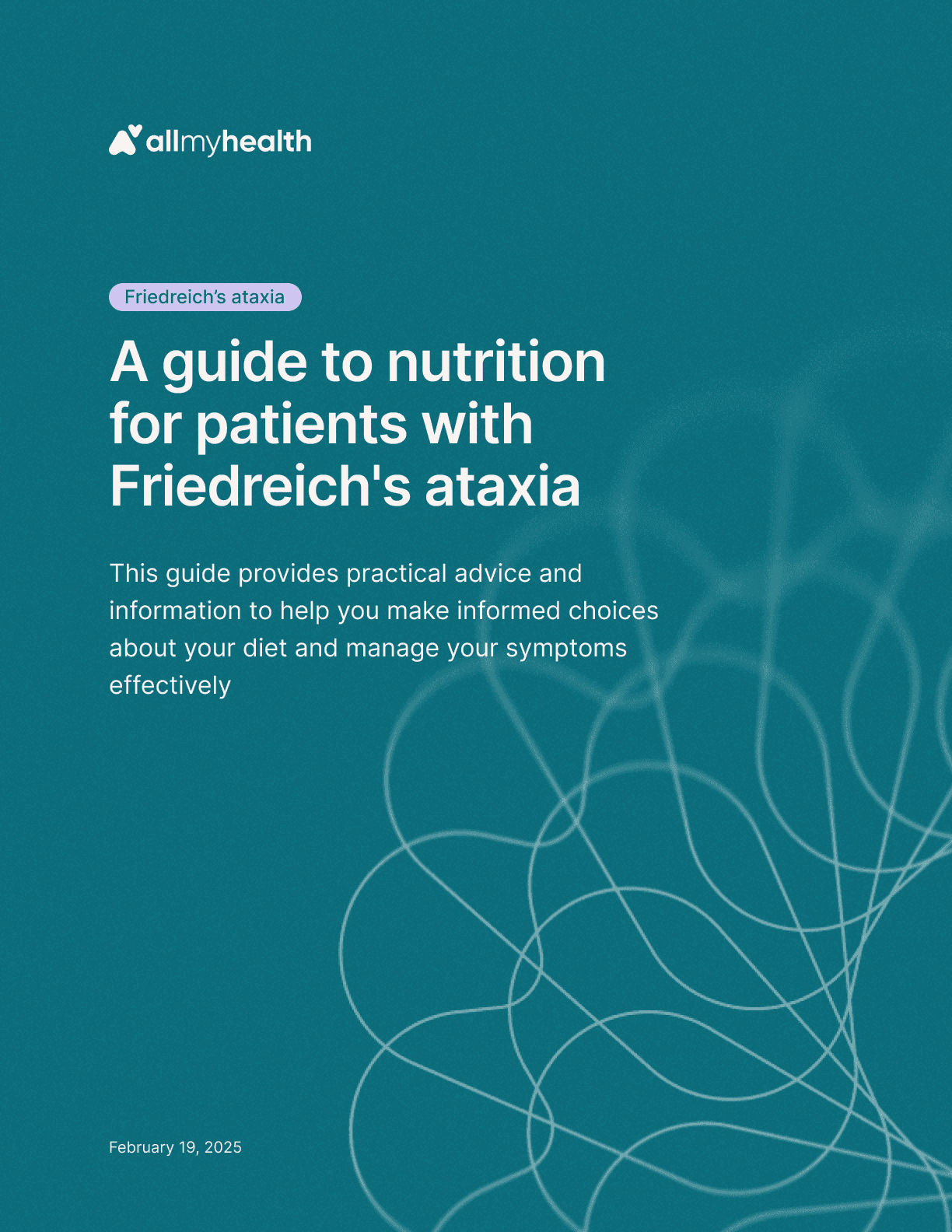
Friedreich's ataxia
·
A guide to nutrition for patients with Friedreich's ataxia
Feb 19, 2025
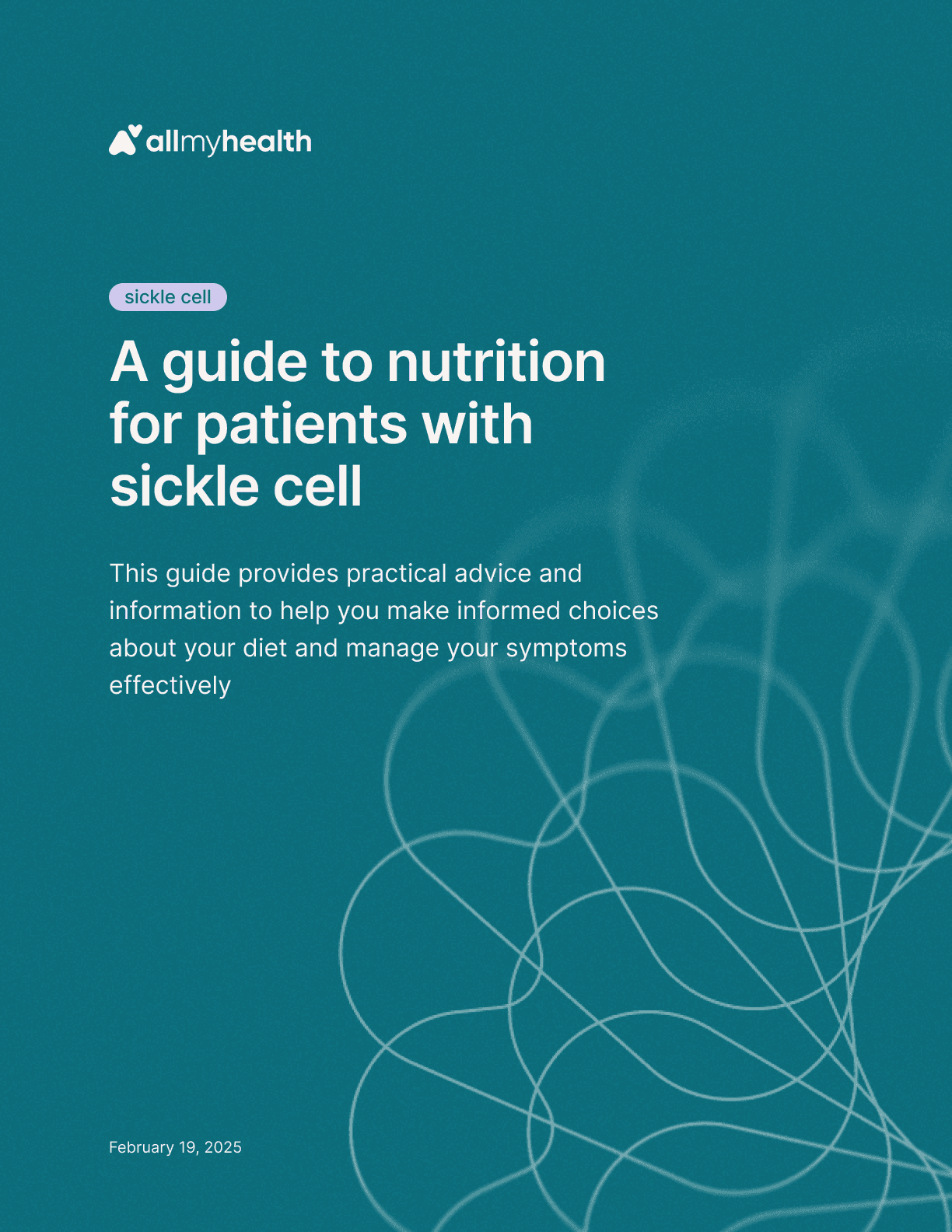
Sickle cell
·
A guide to nutrition for patients with sickle cell
Feb 19, 2025

Mantle cell lymphoma
·
A guide to nutrition for patients with mantle cell lymphoma
Feb 19, 2025
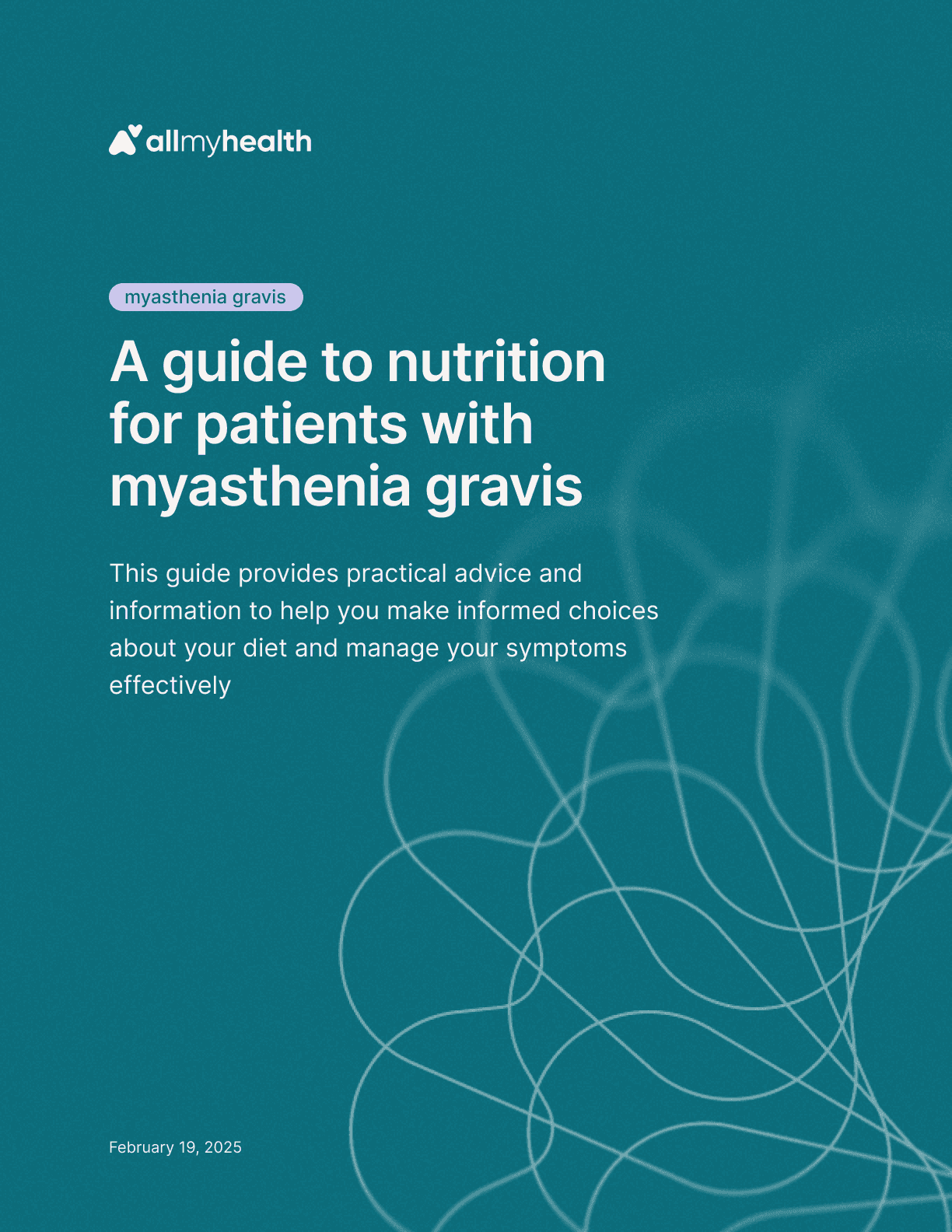
Myasthenia gravis
·
A guide to nutrition for patients with myasthenia gravis
Feb 19, 2025
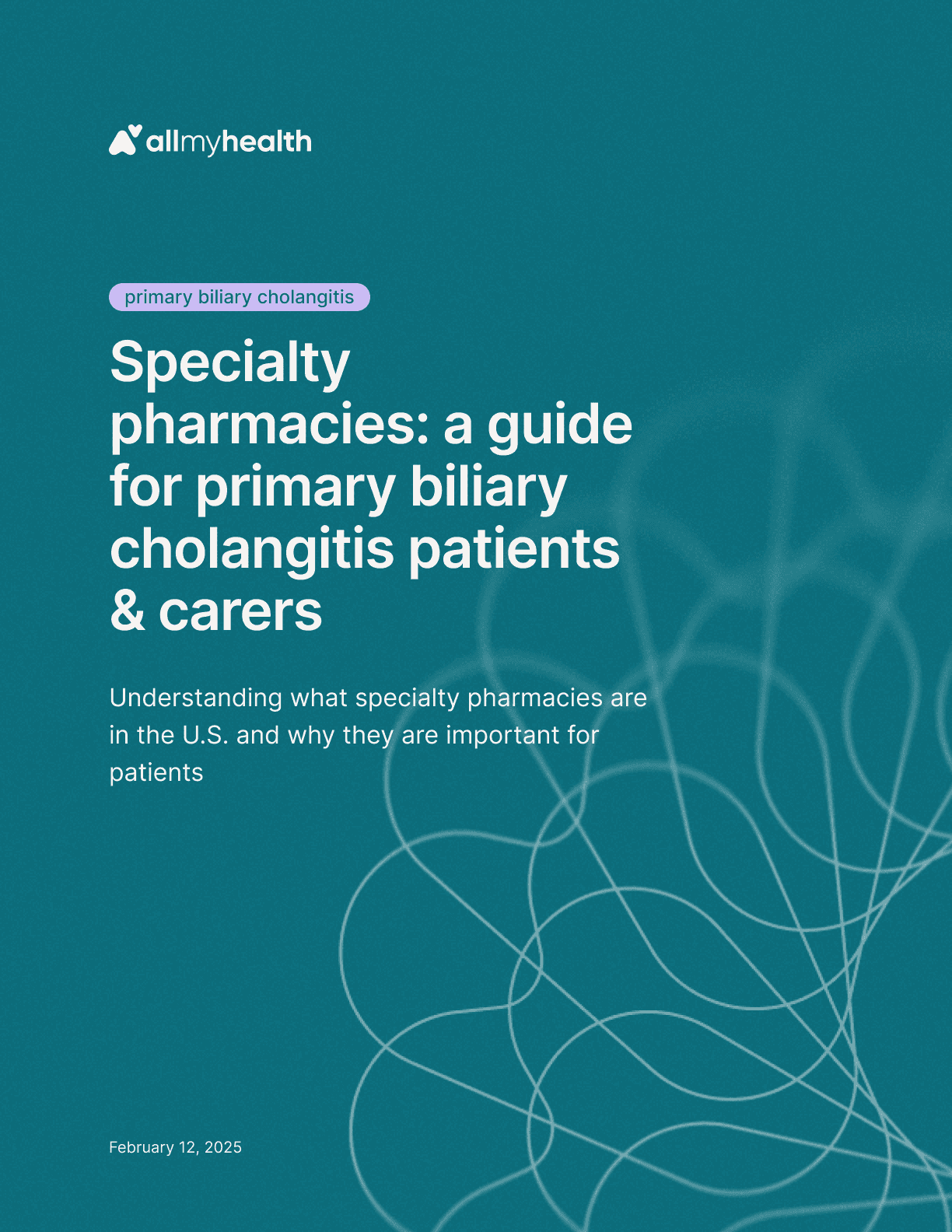
Primary biliary cholangitis
·
Specialty pharmacies: a guide for primary biliary cholangitis patients & carers
Feb 12, 2025
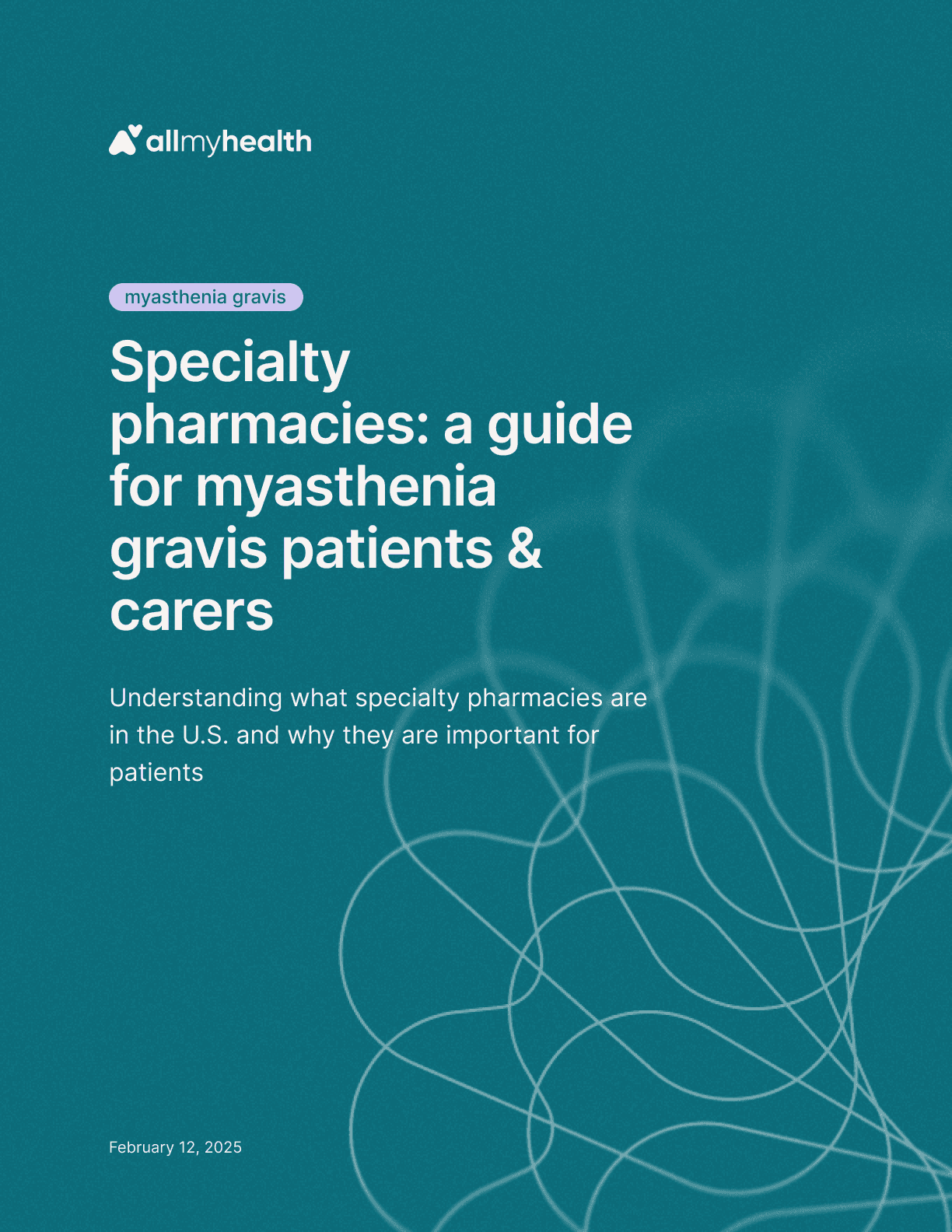
Myasthenia gravis
·
Specialty pharmacies: a guide for myasthenia gravis patients & carers
Feb 12, 2025
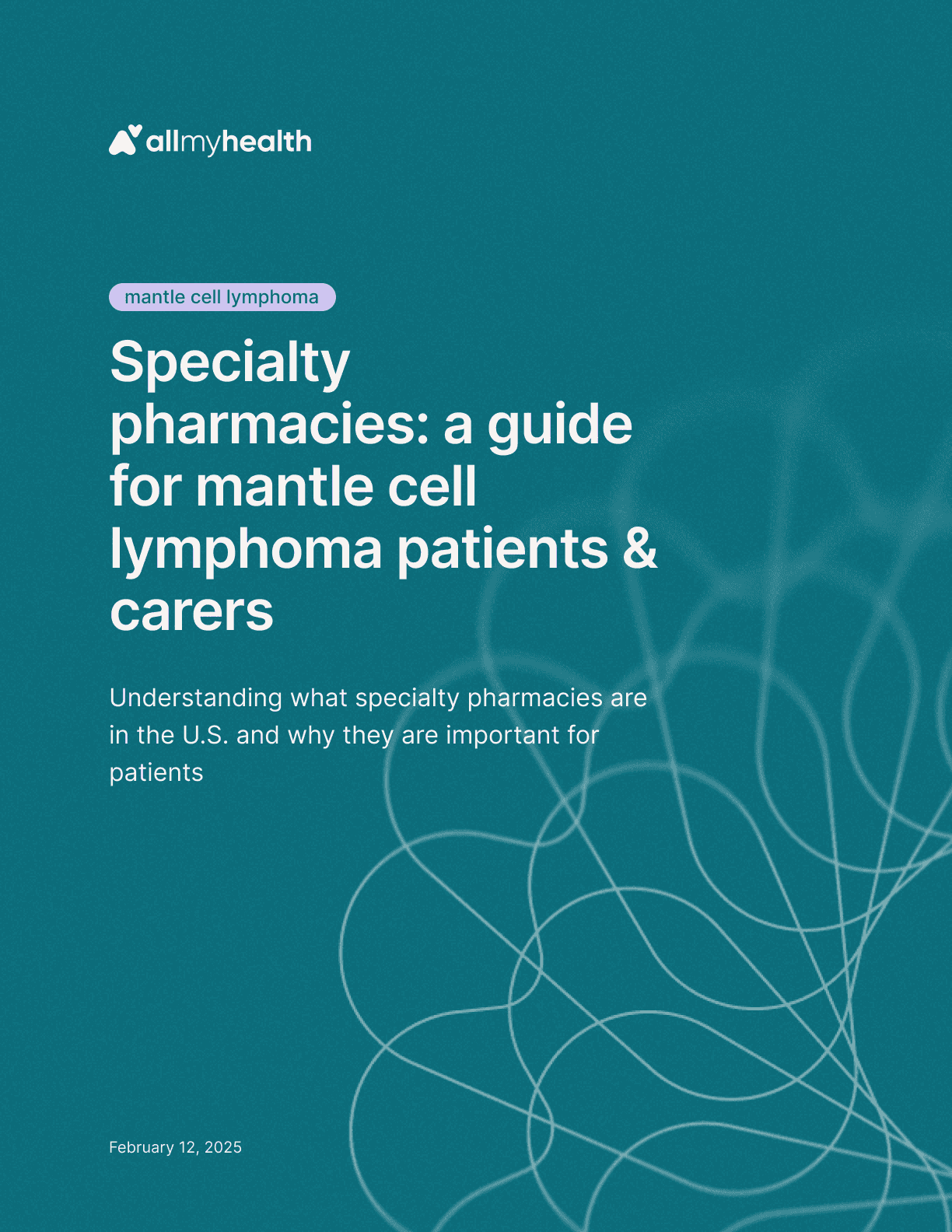
Mantle cell lymphoma
·
Specialty pharmacies: a guide for mantle cell lymphoma patients & carers
Feb 12, 2025
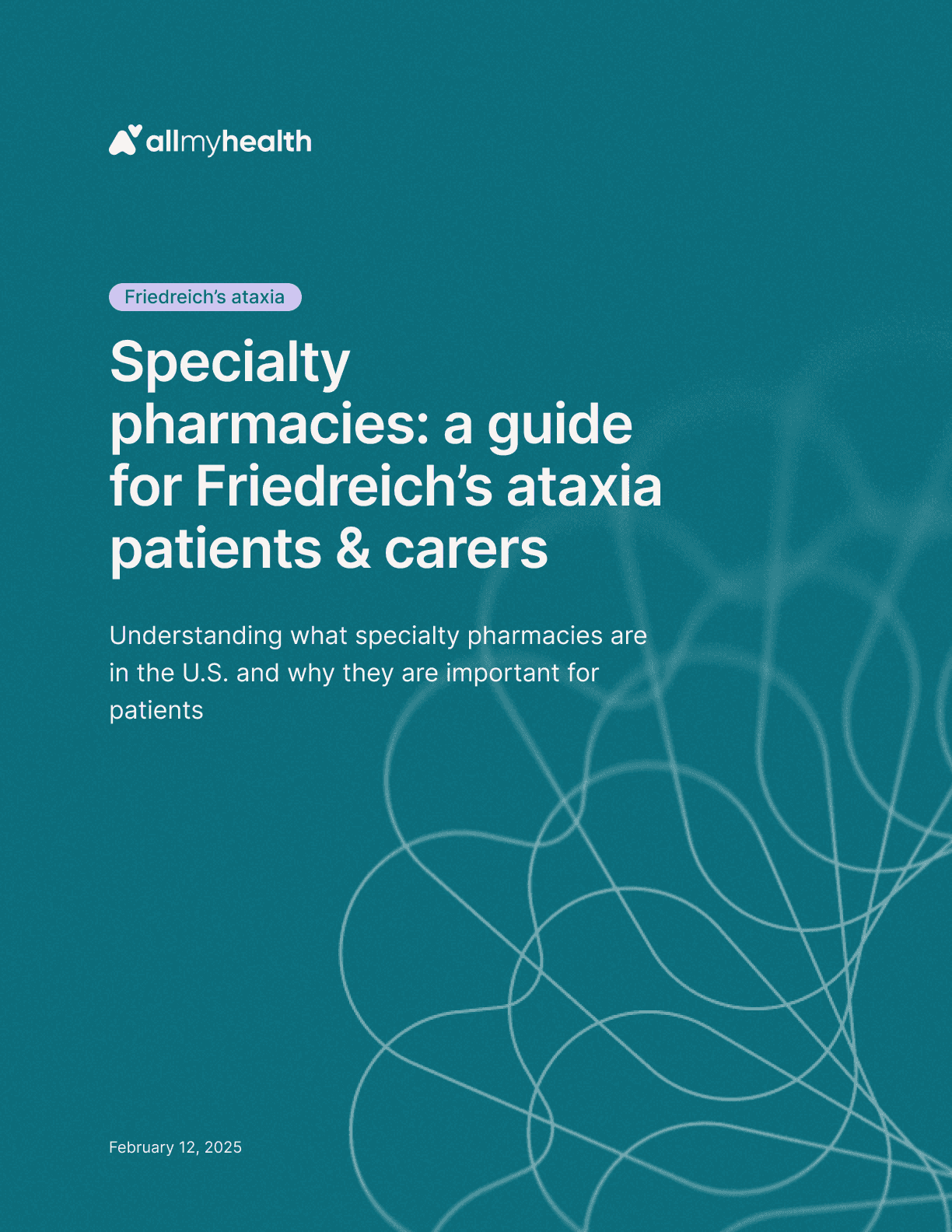
Friedreich's ataxia
·
Specialty pharmacies: a guide for Friedreich’s ataxia patients & carers
Feb 12, 2025
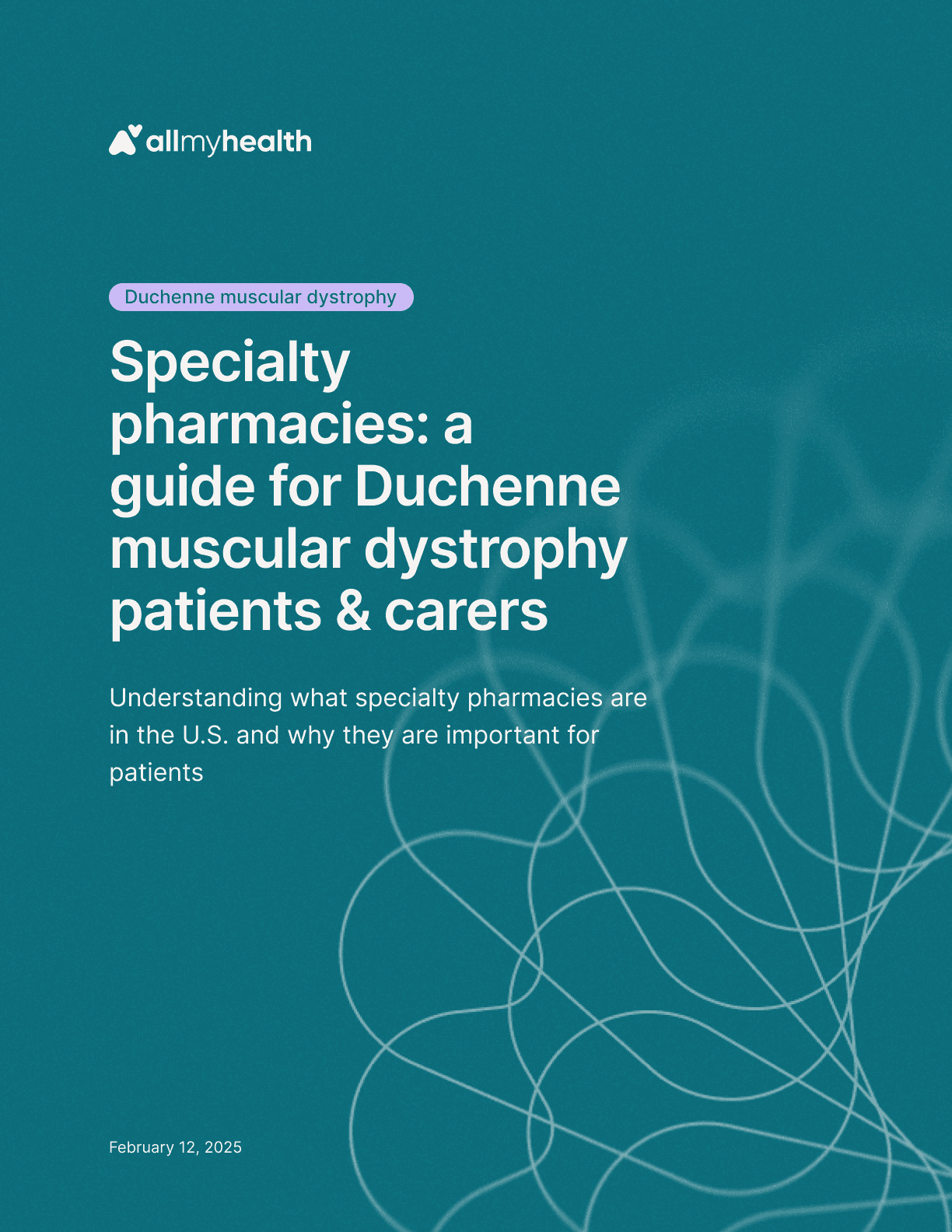
Duchenne muscular dystrophy
·
Specialty pharmacies: a guide for Duchenne muscular dystrophy patients & carers
Feb 12, 2025

Spinal muscular atrophy
·
Specialty pharmacies: a guide for SMA patients & carers
Feb 6, 2025
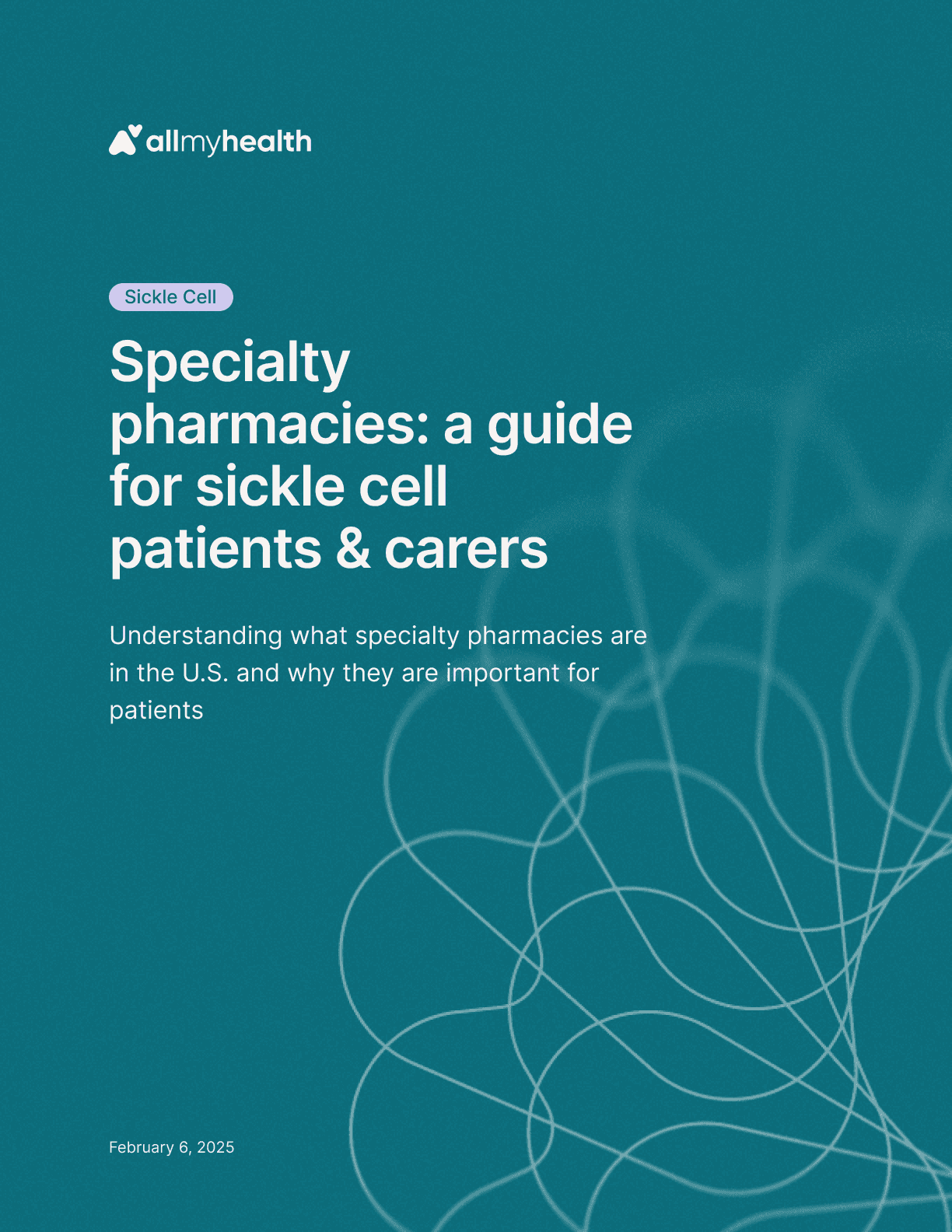
Sickle cell
·
Specialty pharmacies: a guide for sickle cell patients & carers
Feb 6, 2025
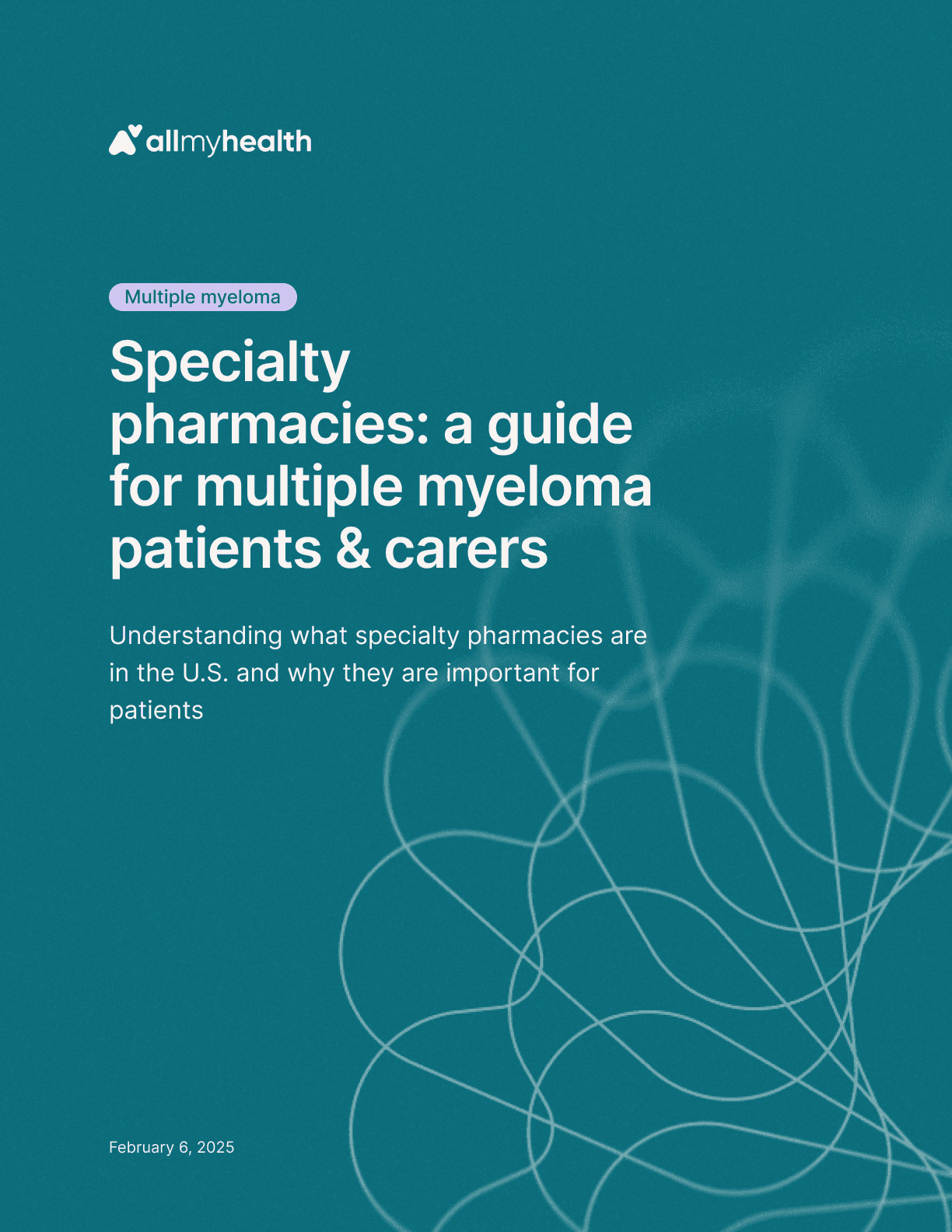
Multiple myeloma
·
Specialty pharmacies: a guide for multiple myeloma patients & carers
Feb 6, 2025
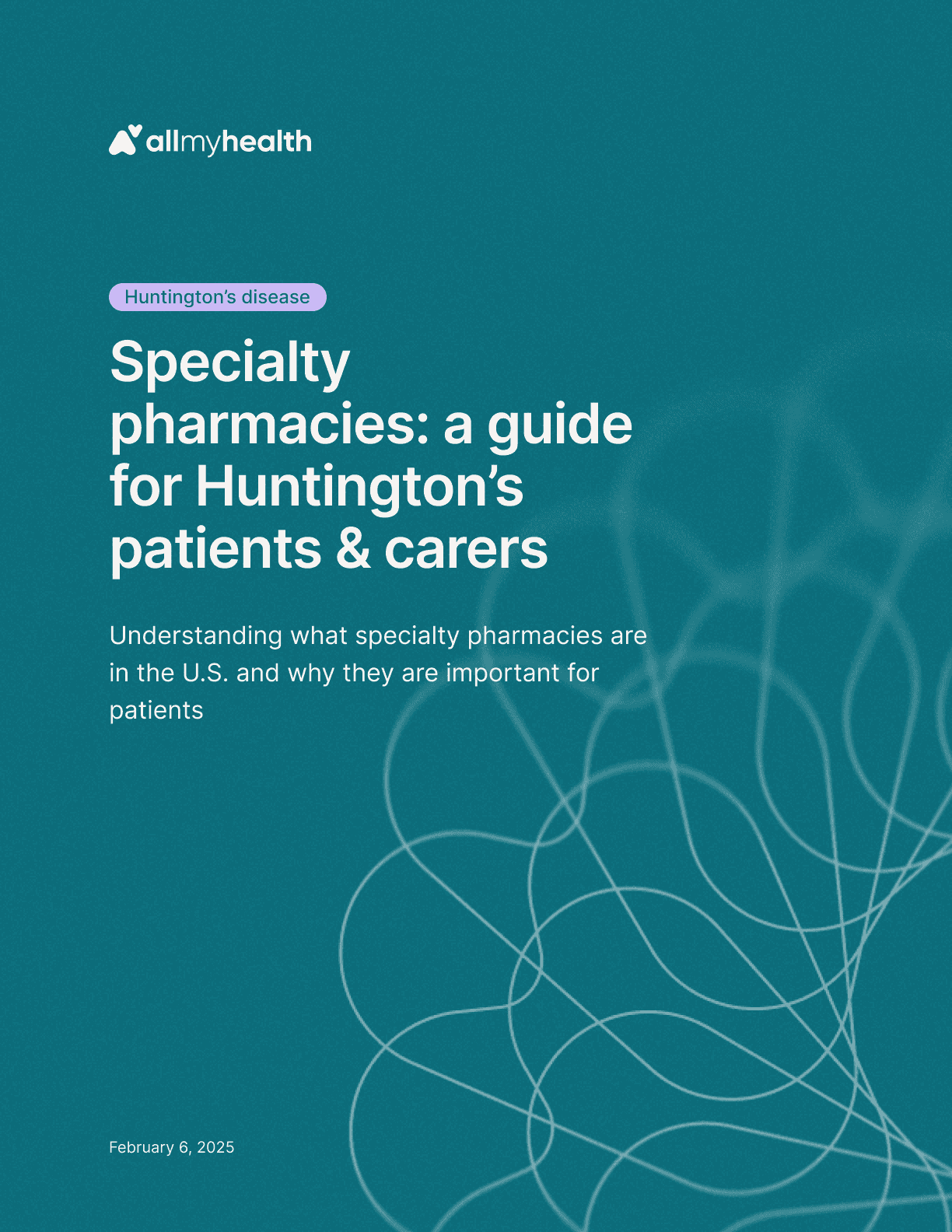
Huntington's disease
·
Specialty pharmacies: a guide for Huntington’s disease patients & carers
Feb 6, 2025
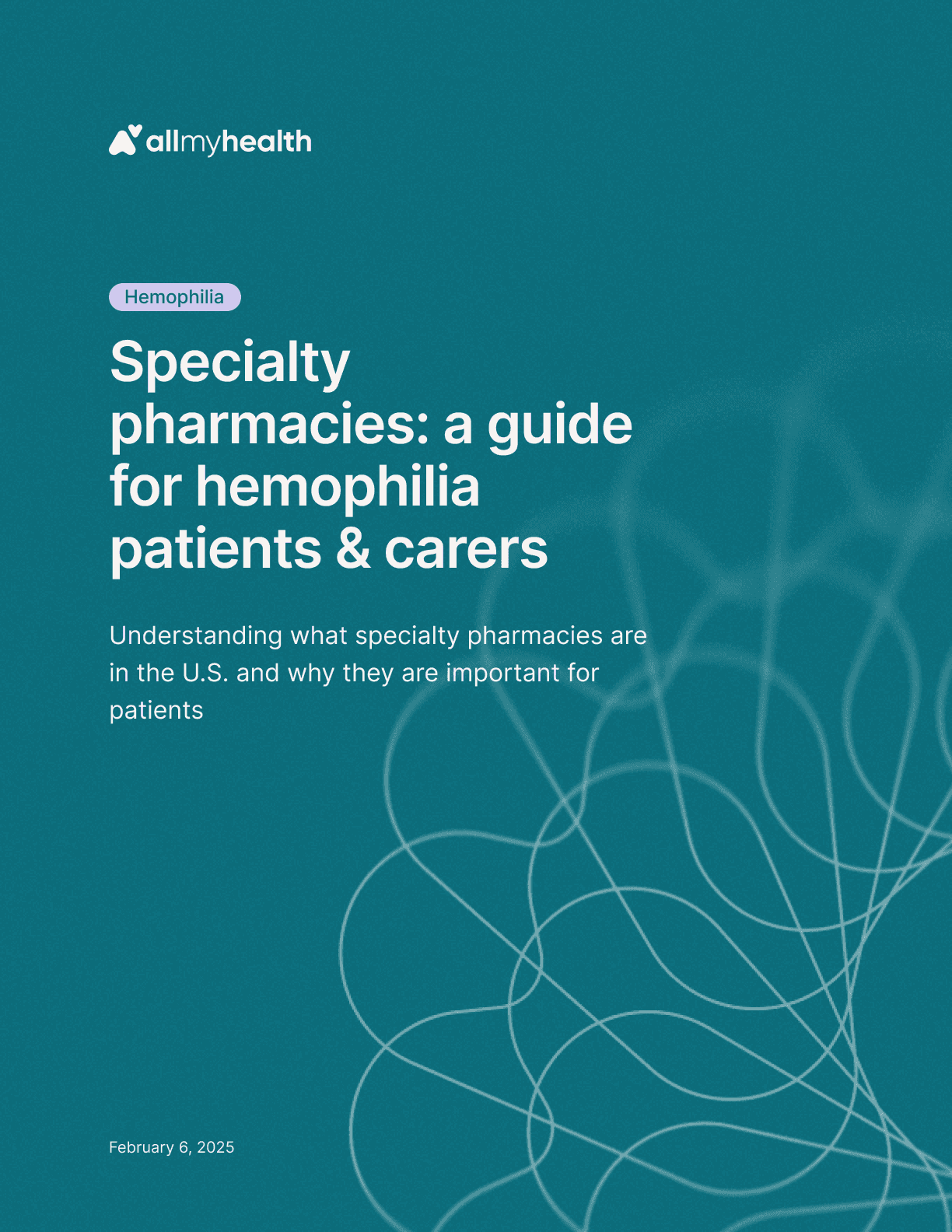
Hemophilia
·
Specialty pharmacies: a guide for hemophilia patients & carers
Feb 6, 2025

Amyotrophic lateral sclerosis
·
Specialty pharmacies: a guide for ALS patients & carers
Feb 6, 2025
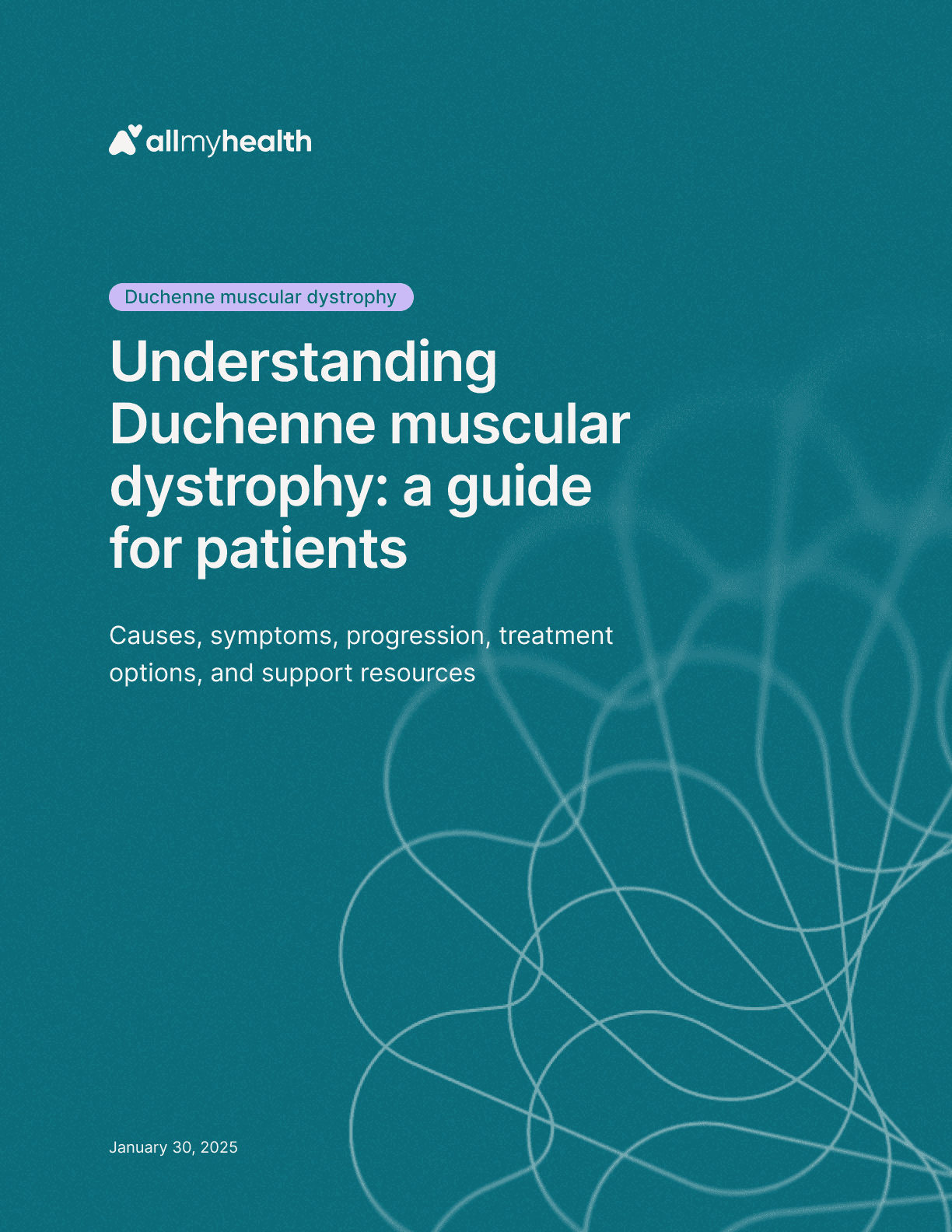
Duchenne muscular dystrophy
·
Understanding Duchenne muscular dystrophy: a guide for patients
Jan 30, 2025
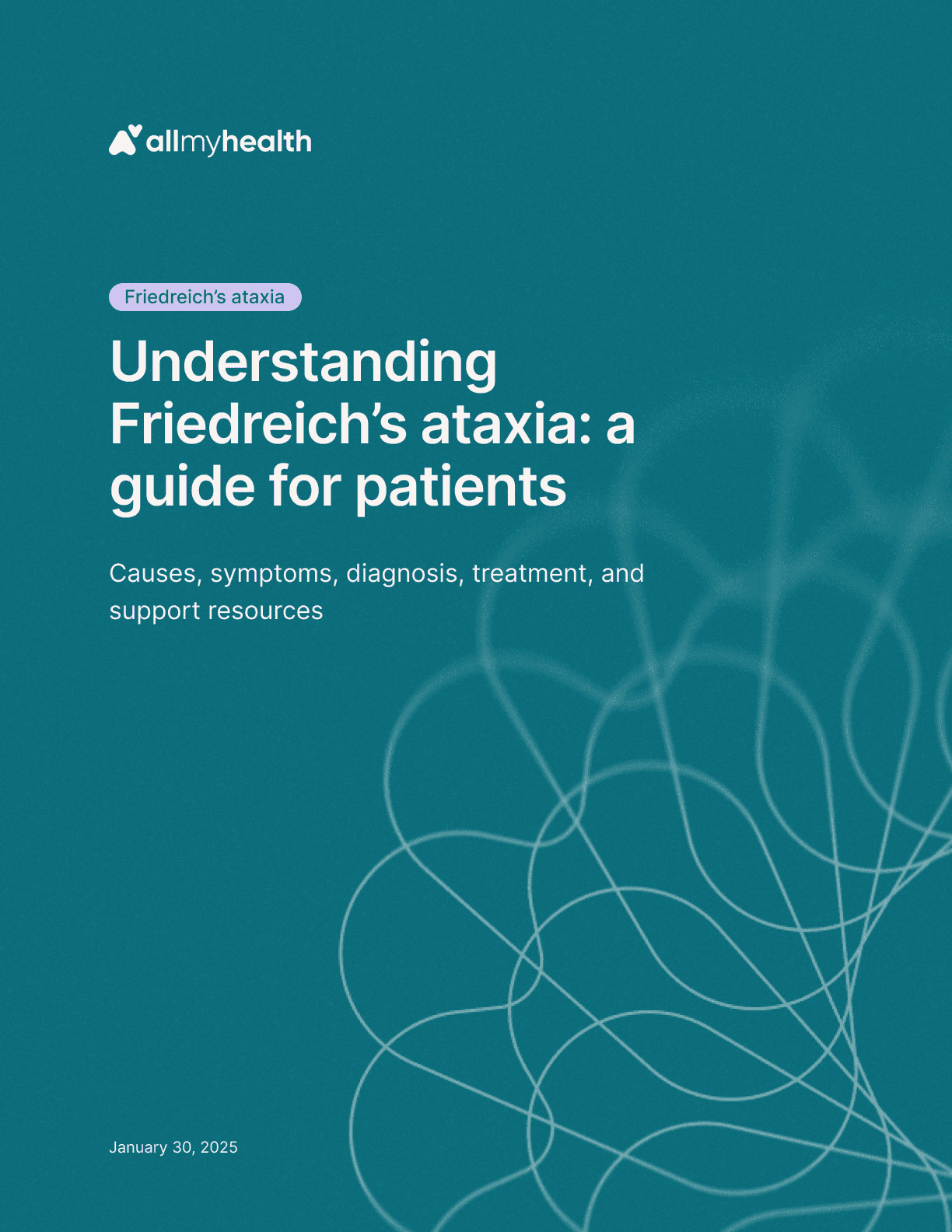
Friedreich's ataxia
·
Understanding Friedreich's ataxia: a guide for patients
Jan 30, 2025

Hemophilia
·
Understanding hemophilia: a guide for patients
Jan 30, 2025
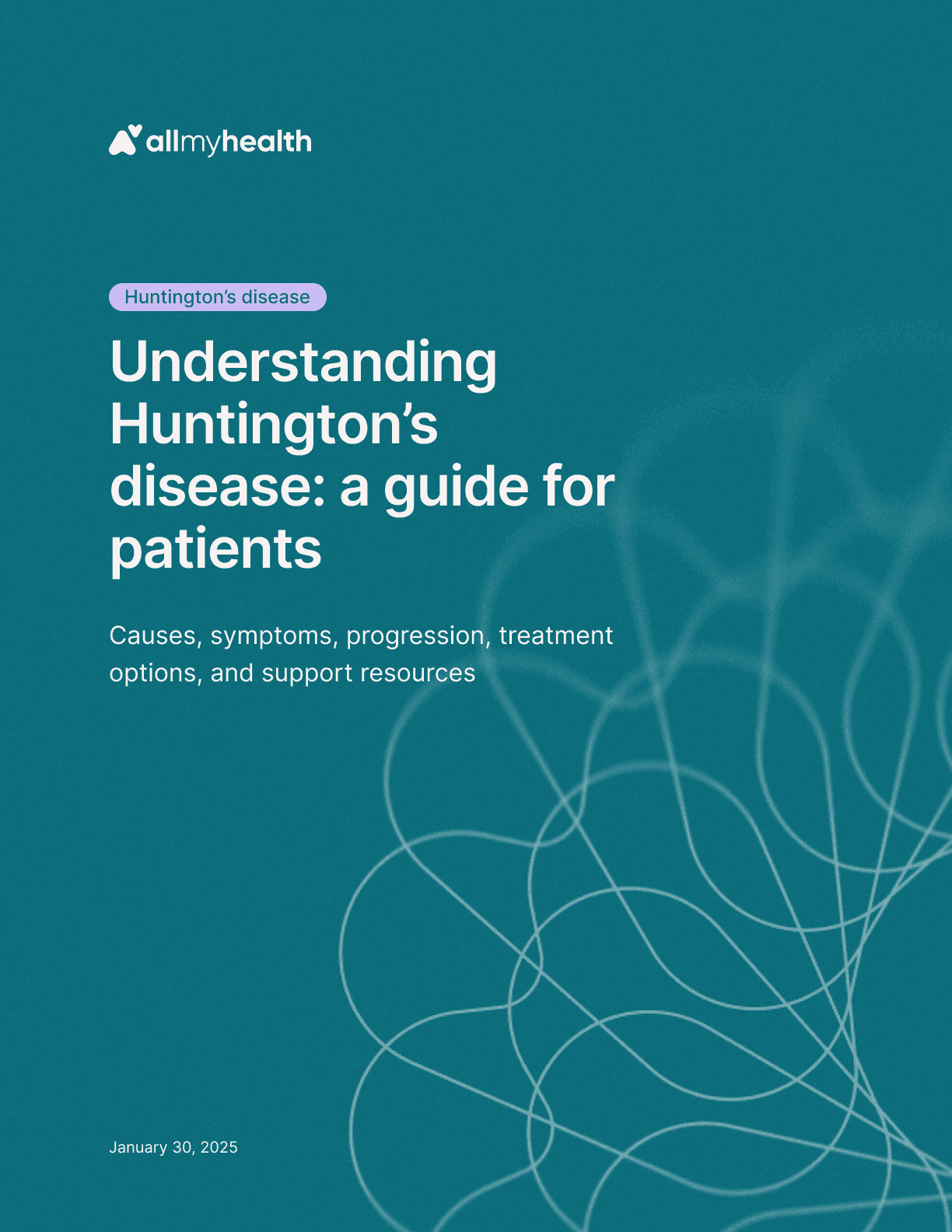
Huntington's disease
·
Understanding Huntington’s disease: a guide for patients
Jan 30, 2025
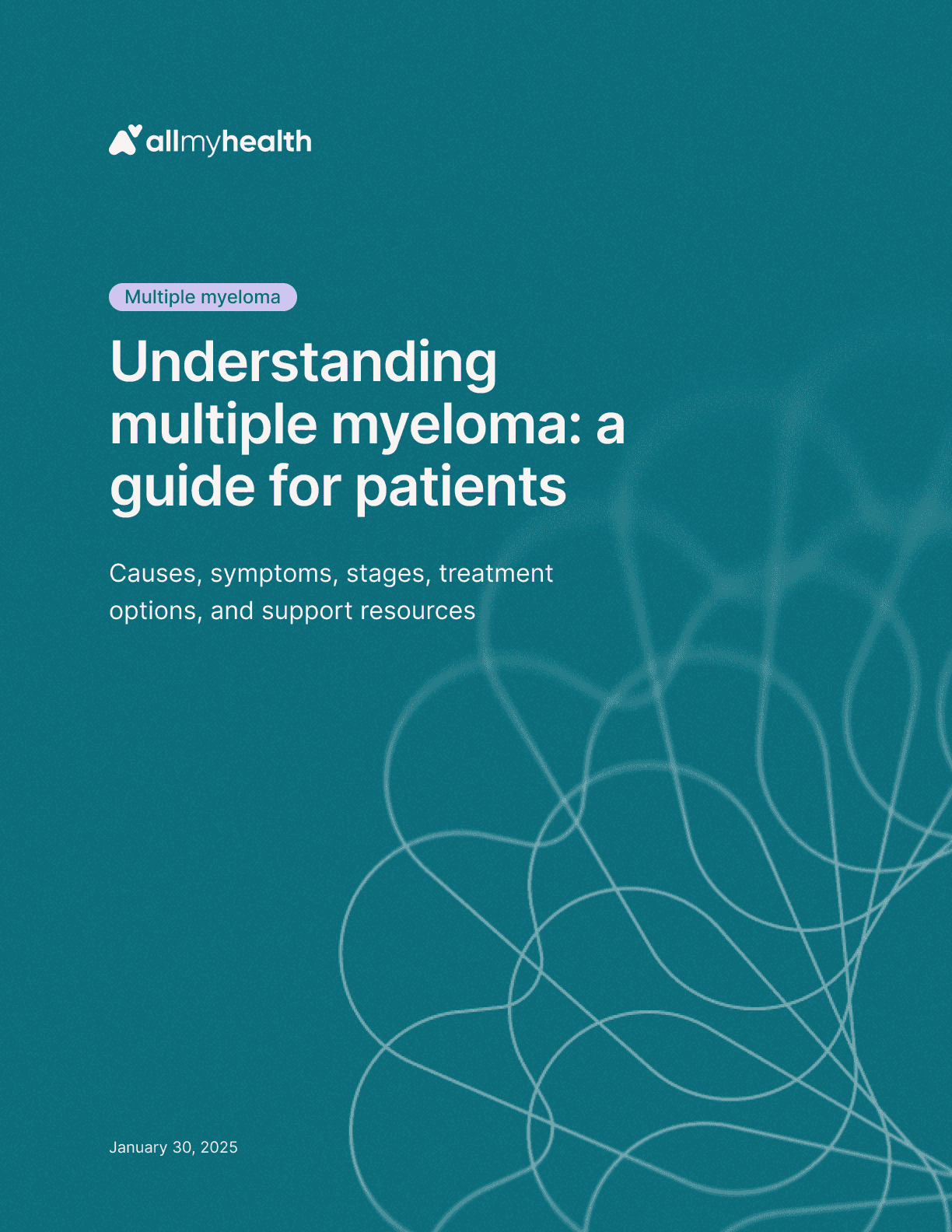
Multiple myeloma
·
Understanding multiple myeloma: a guide for patients
Jan 30, 2025

Primary biliary cholangitis
·
Understanding primary biliary cholangitis: a guide for patients
Jan 30, 2025
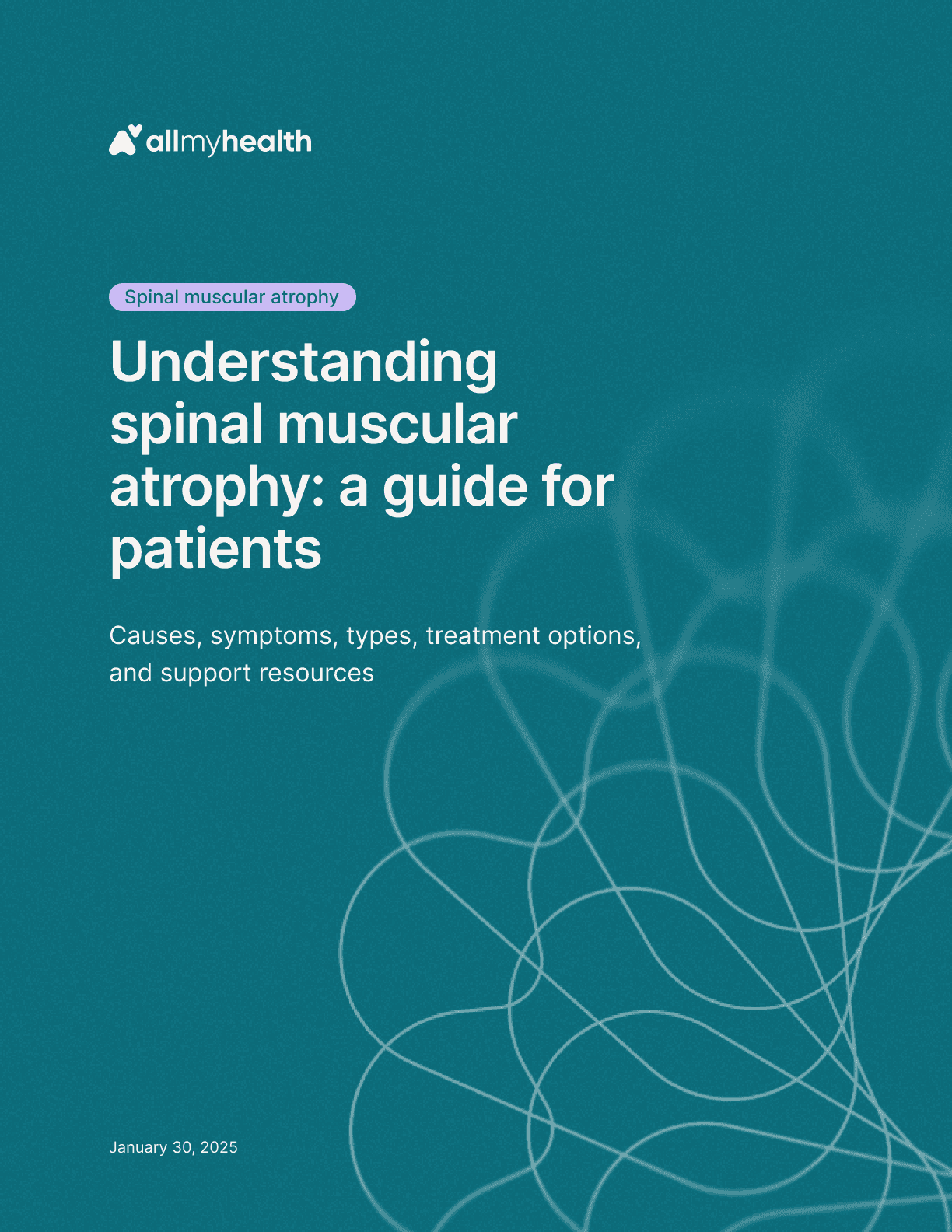
Spinal muscular atrophy
·
Understanding spinal muscular atrophy: a guide for patients
Jan 30, 2025

Amyotrophic lateral sclerosis
·
Understanding amyotrophic lateral sclerosis: a guide for patients
Jan 23, 2025
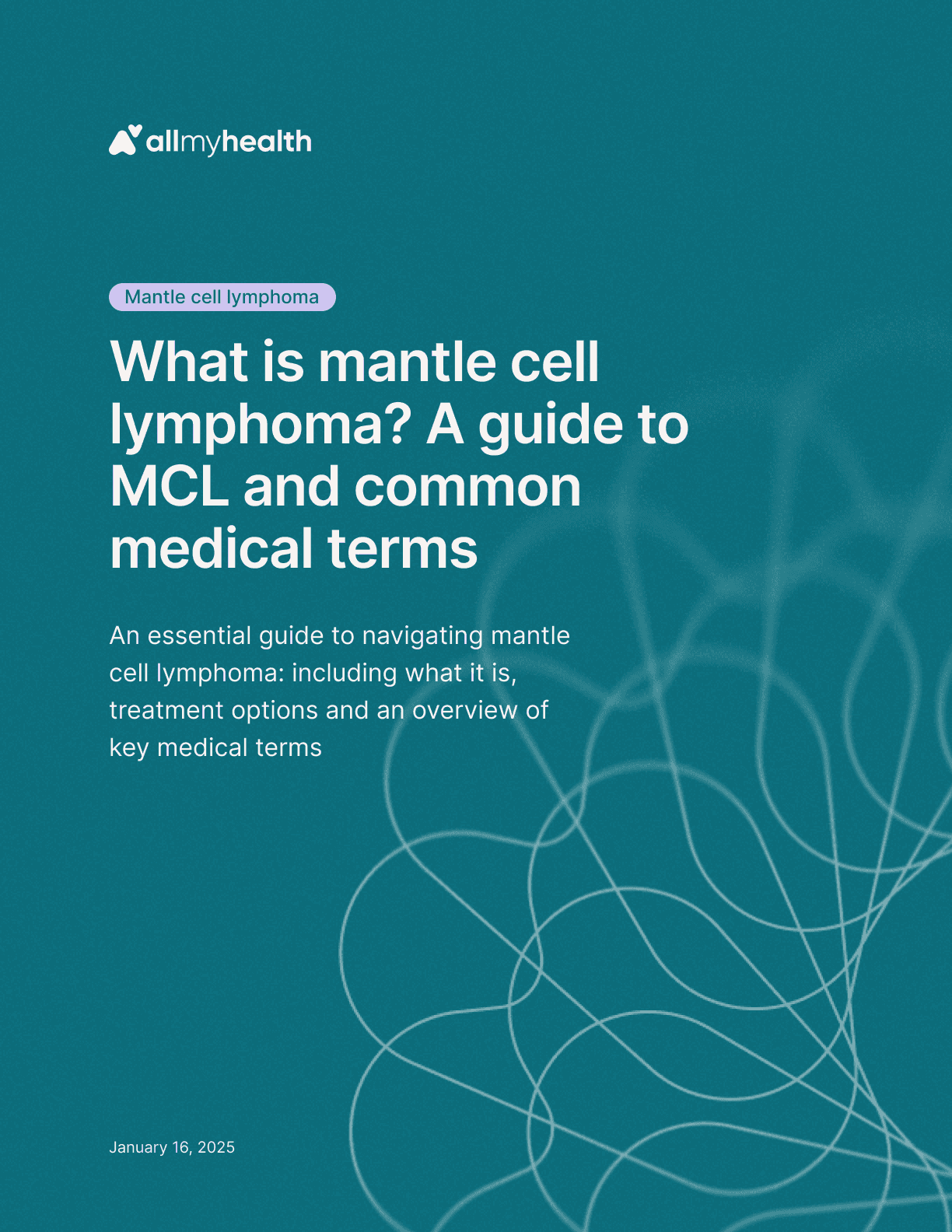
Mantle cell lymphoma
·
What is mantle cell lymphoma? A guide to MCL and common medical terms
Jan 23, 2025
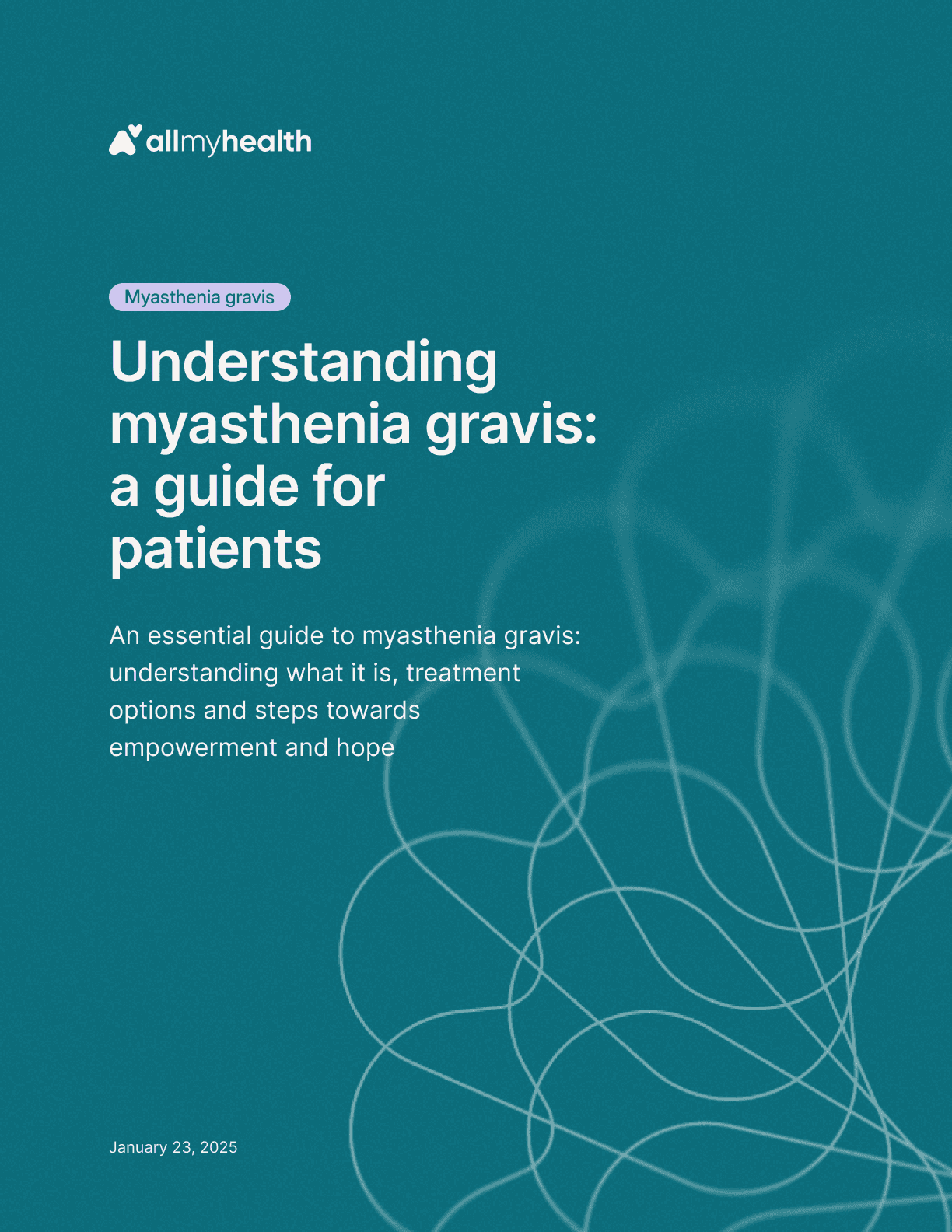
Myasthenia gravis
·
Understanding myasthenia gravis: a guide for patients
Jan 23, 2025
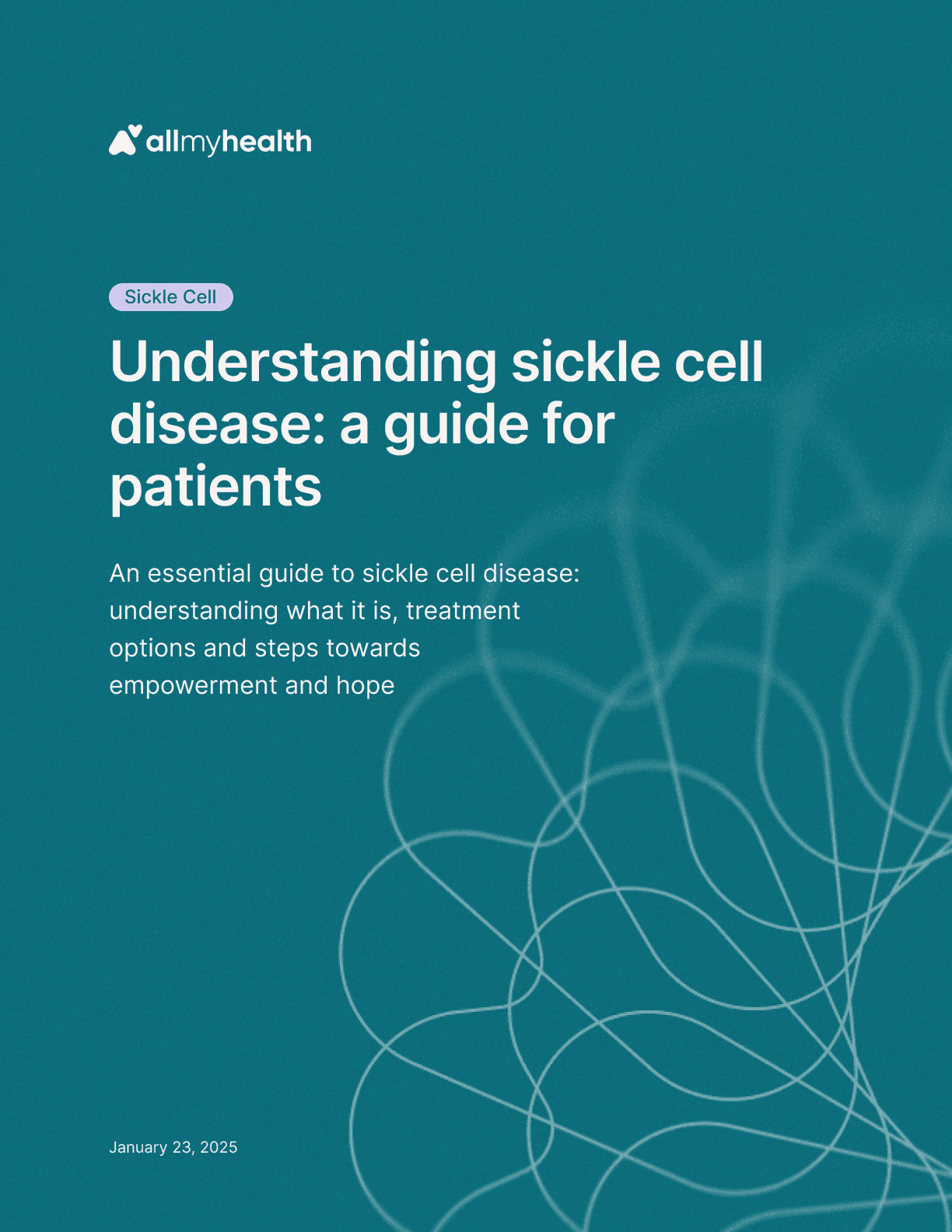
Sickle cell
·
Understanding sickle cell disease: a guide for patients
Jan 23, 2025
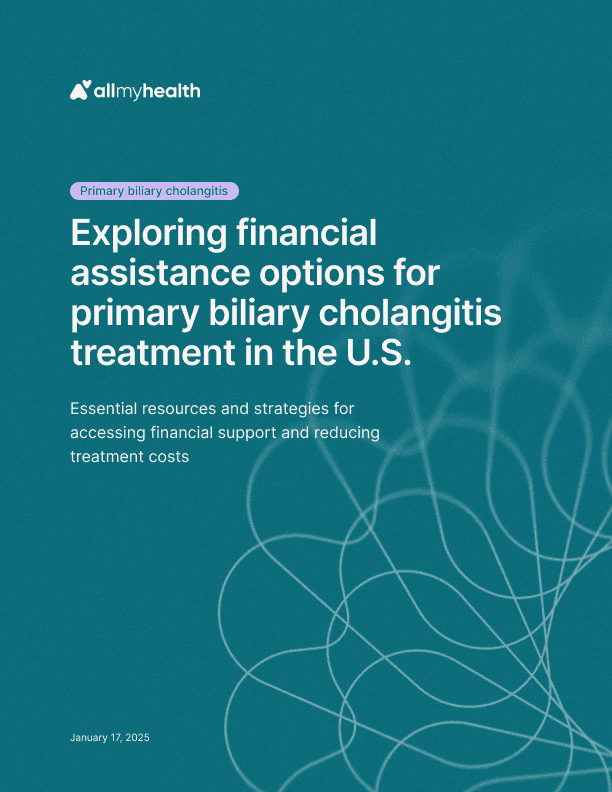
Primary biliary cholangitis
·
Exploring financial assistance options for primary biliary cholangitis treatment in the U.S.
Jan 17, 2025
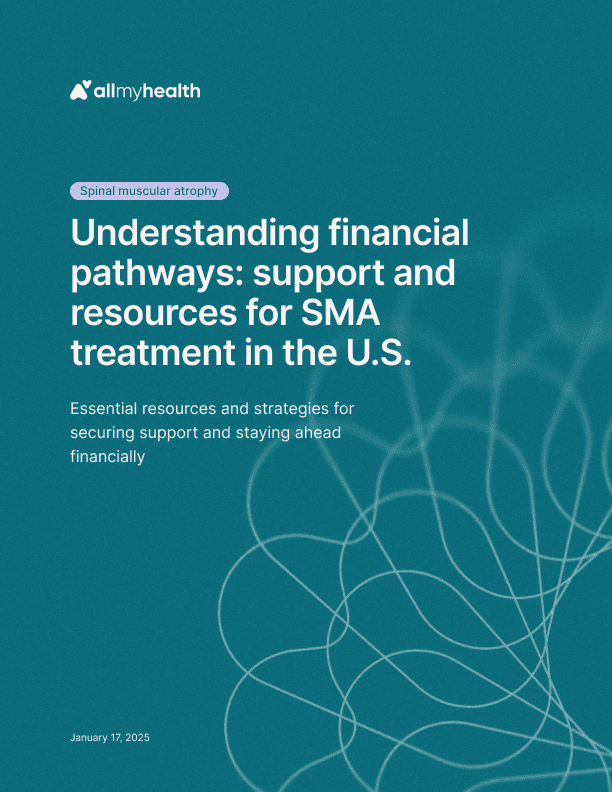
Spinal muscular atrophy
·
Understanding financial pathways: support and resources for SMA treatment in the U.S.
Jan 17, 2025
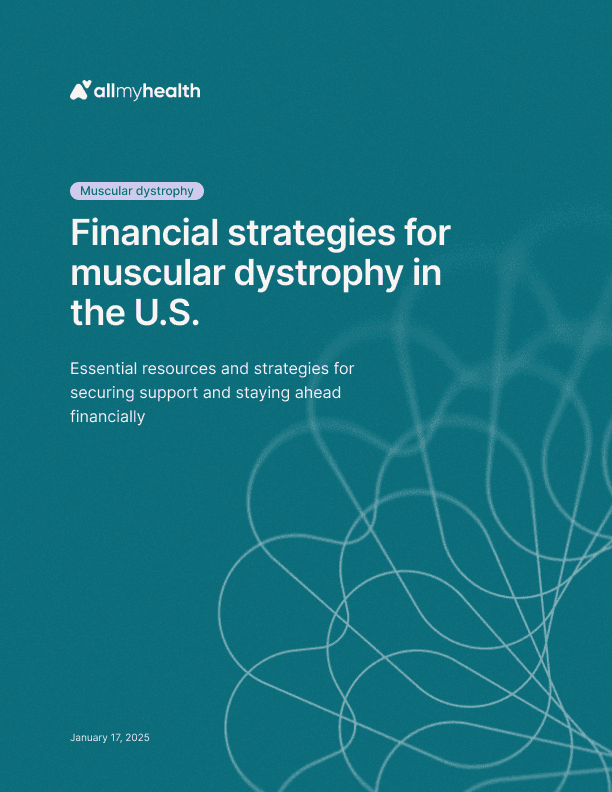
Duchenne muscular dystrophy
·
Financial strategies for muscular dystrophy in the U.S.
Jan 17, 2025

Hemophilia
·
Navigating financial assistance for hemophilia treatment in the U.S.
Jan 17, 2025
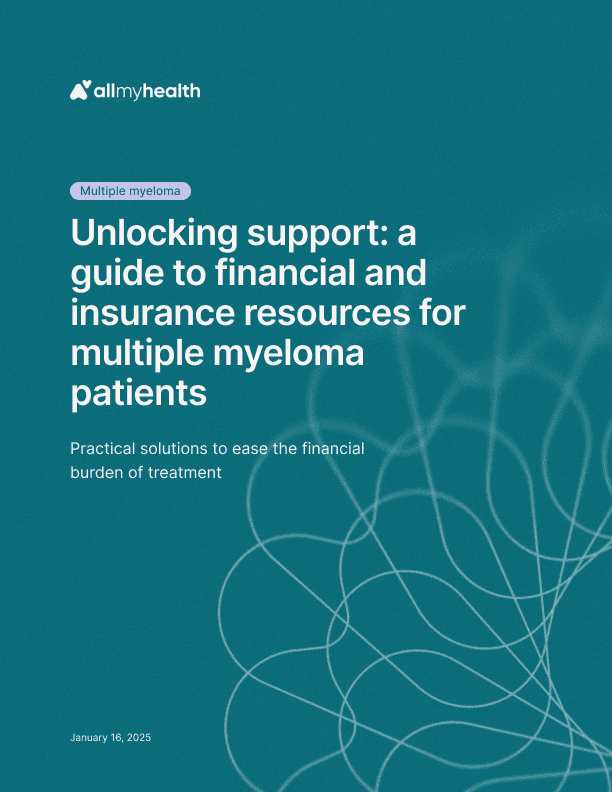
Multiple myeloma
·
Unlocking support: a guide to financial and insurance resources for multiple myeloma patients
Jan 17, 2025

Friedreich's ataxia
·
Navigating Friedreich’s ataxia in the U.S.: a practical guide to support and financial planning
Jan 17, 2025
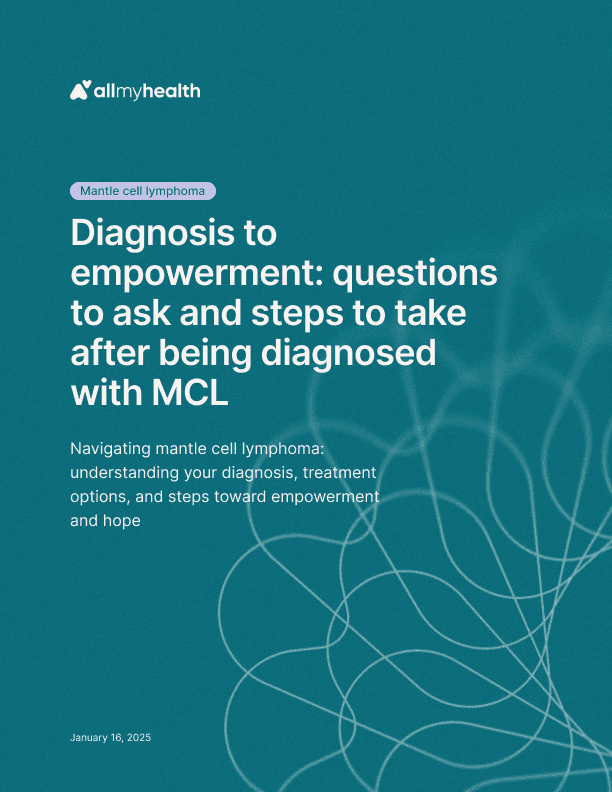
Mantle cell lymphoma
·
Diagnosis to empowerment: questions to ask and steps to take after being diagnosed with MCL
Jan 16, 2025
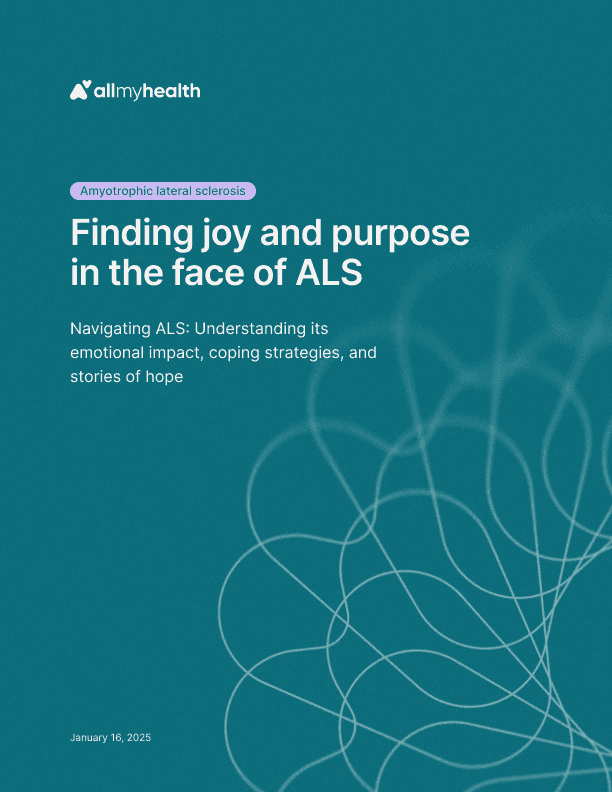
Amyotrophic lateral sclerosis
·
Finding joy and purpose in the face of ALS
Jan 16, 2025
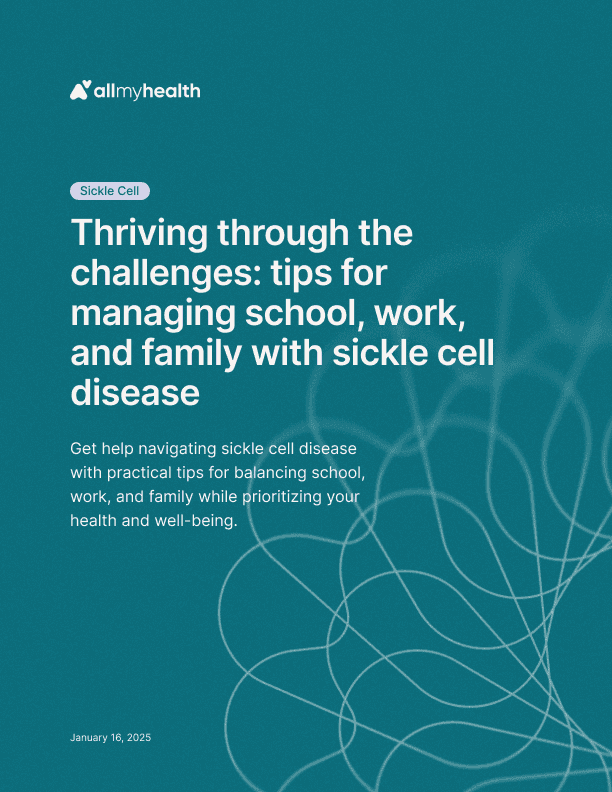
Sickle cell
·
Thriving through the challenges: tips for managing school, work, and family with sickle cell disease
Jan 16, 2025
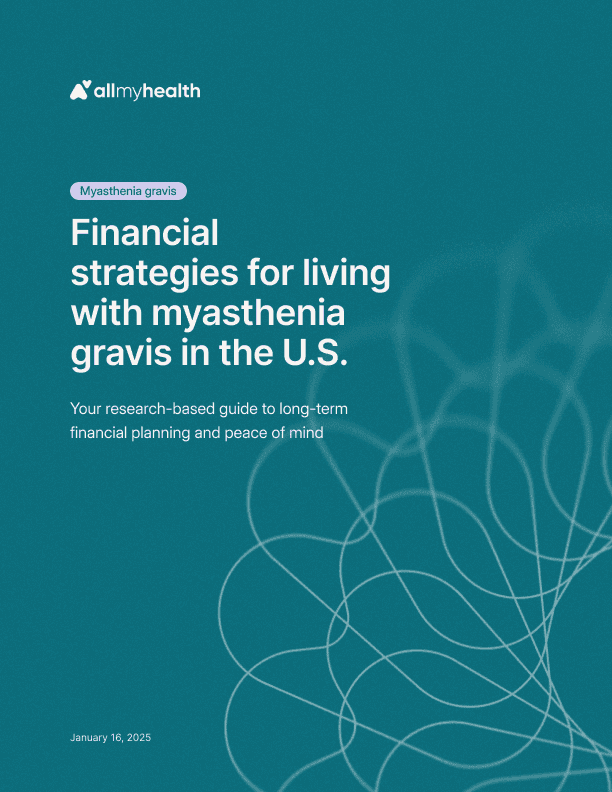
Myasthenia gravis
·
Financial strategies for living with myasthenia gravis in the U.S.: a guide to long-term planning
Jan 16, 2025